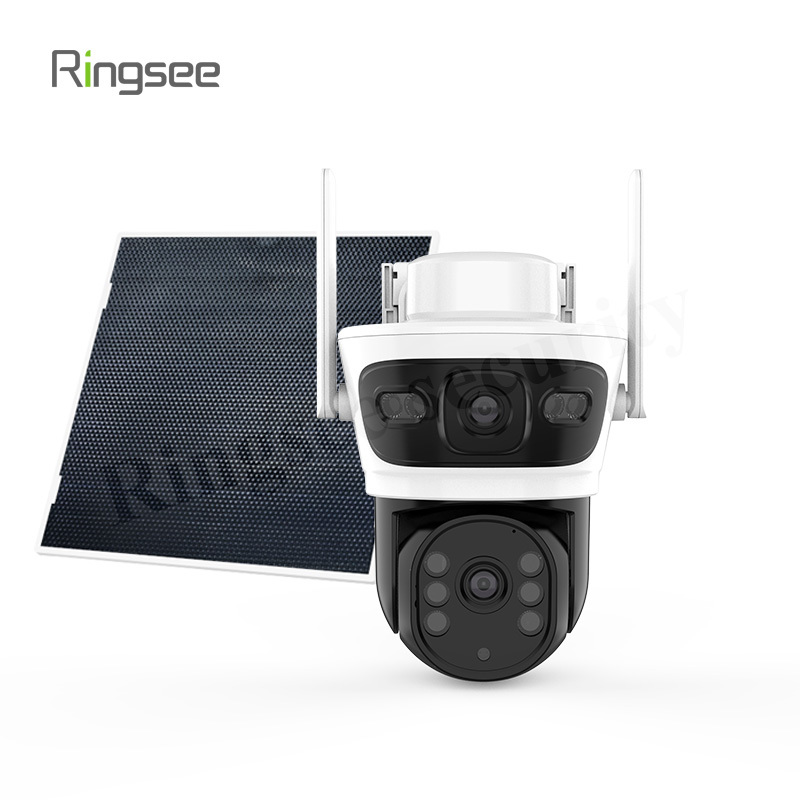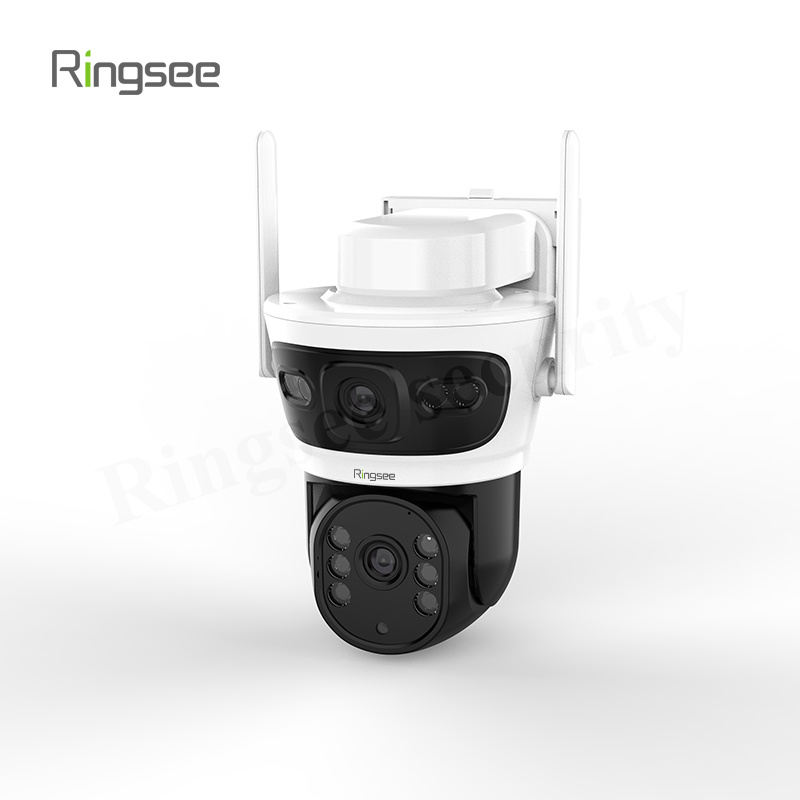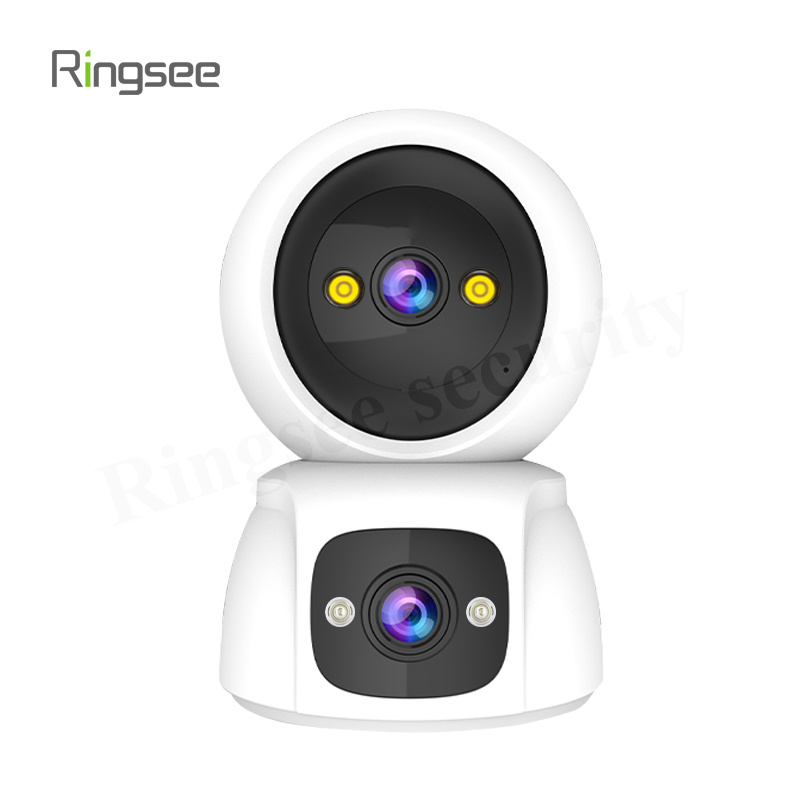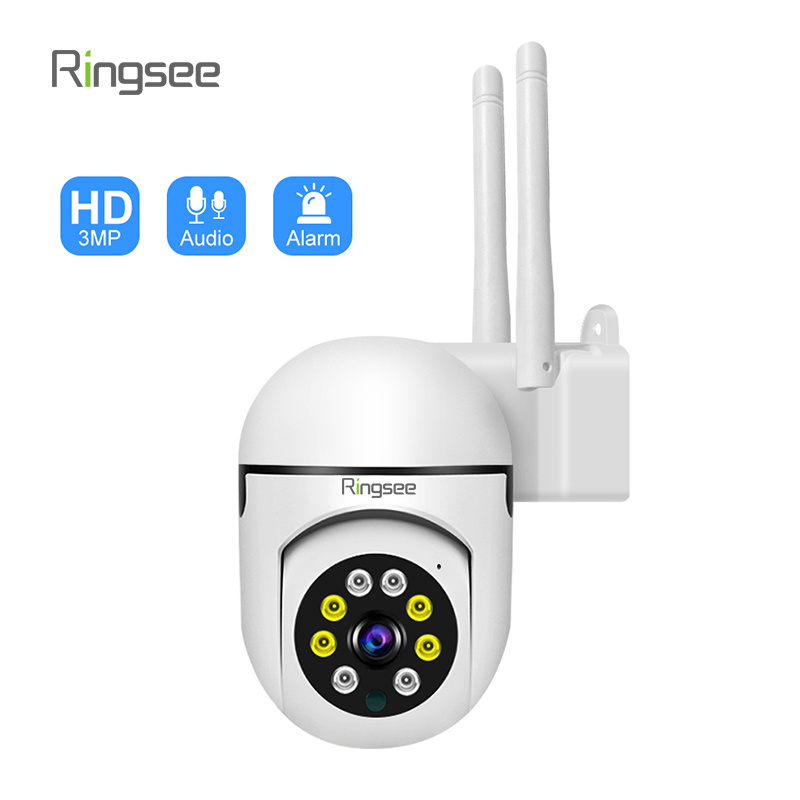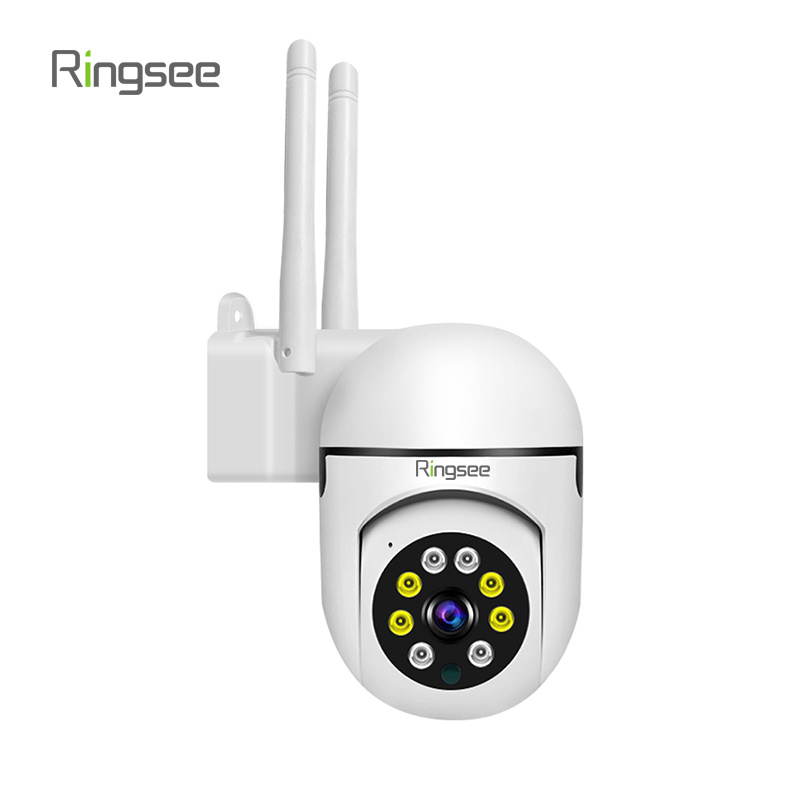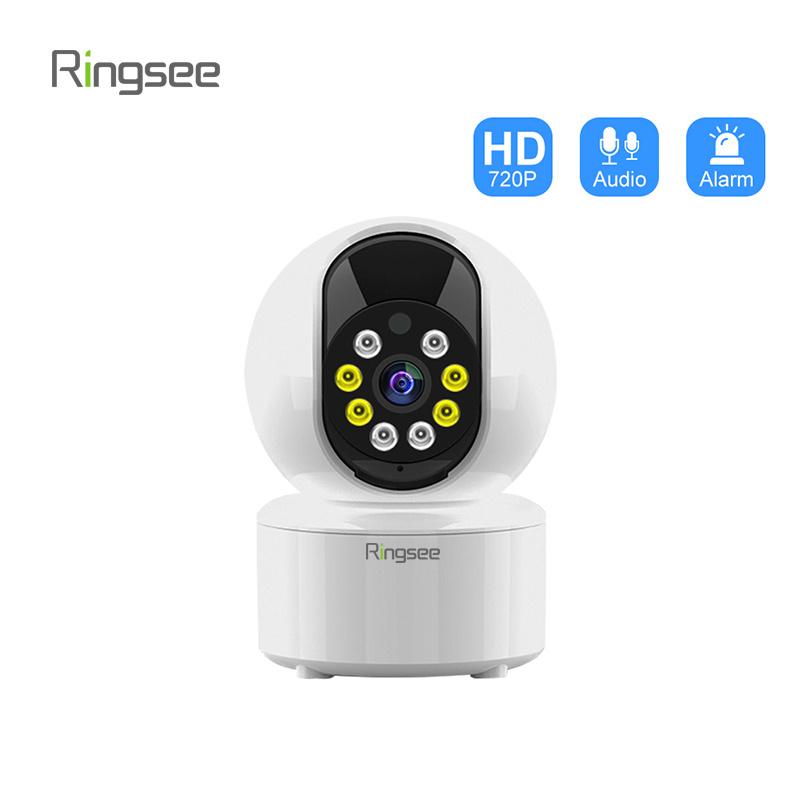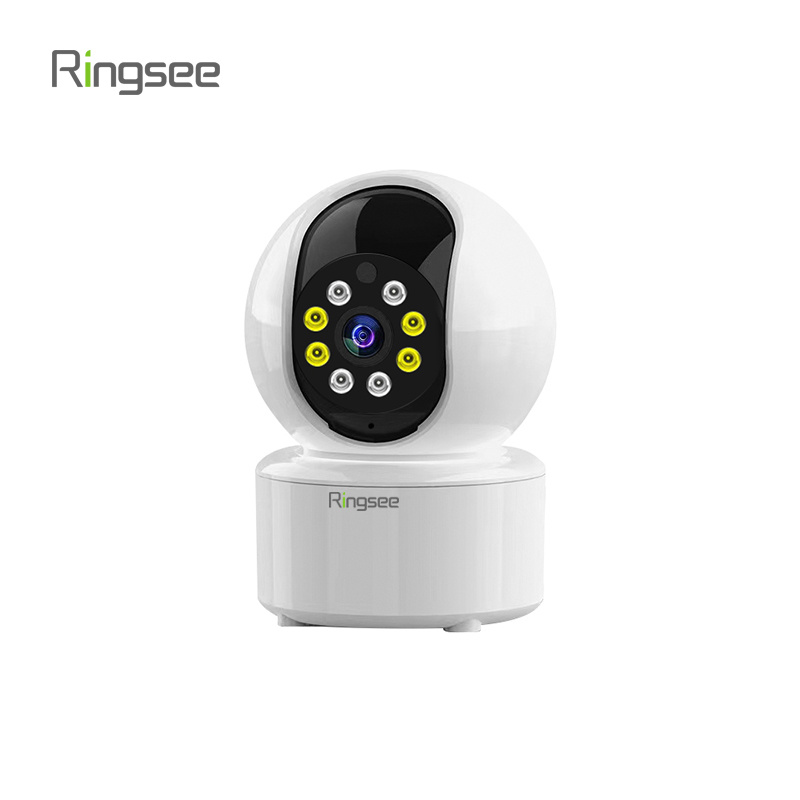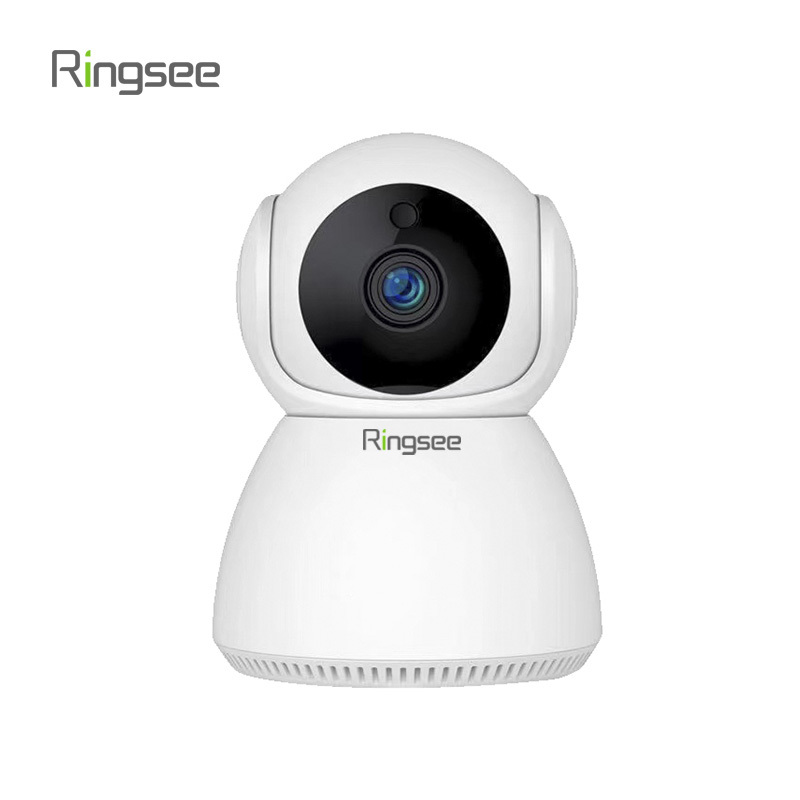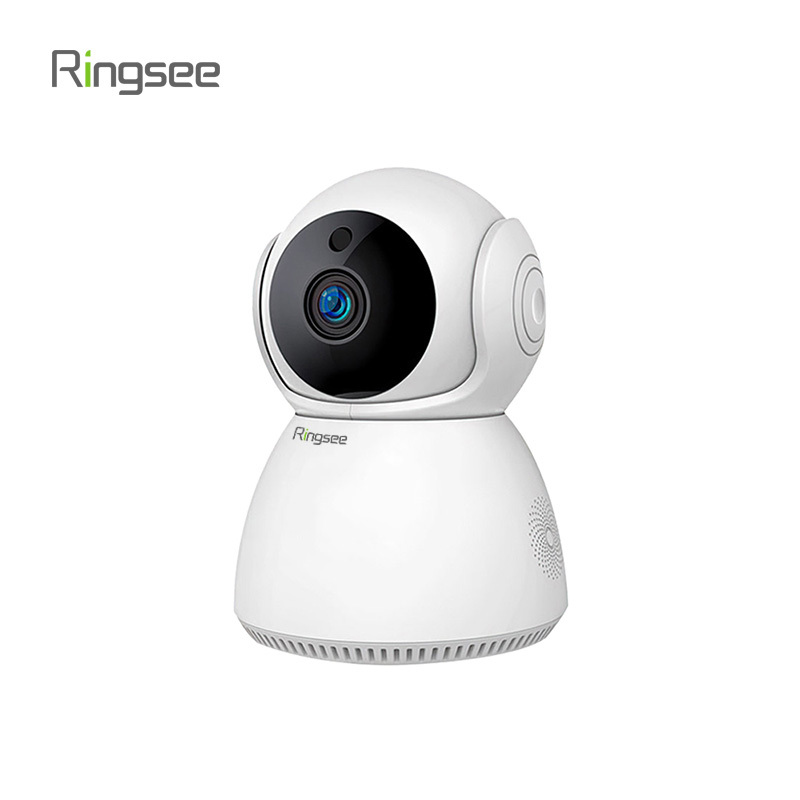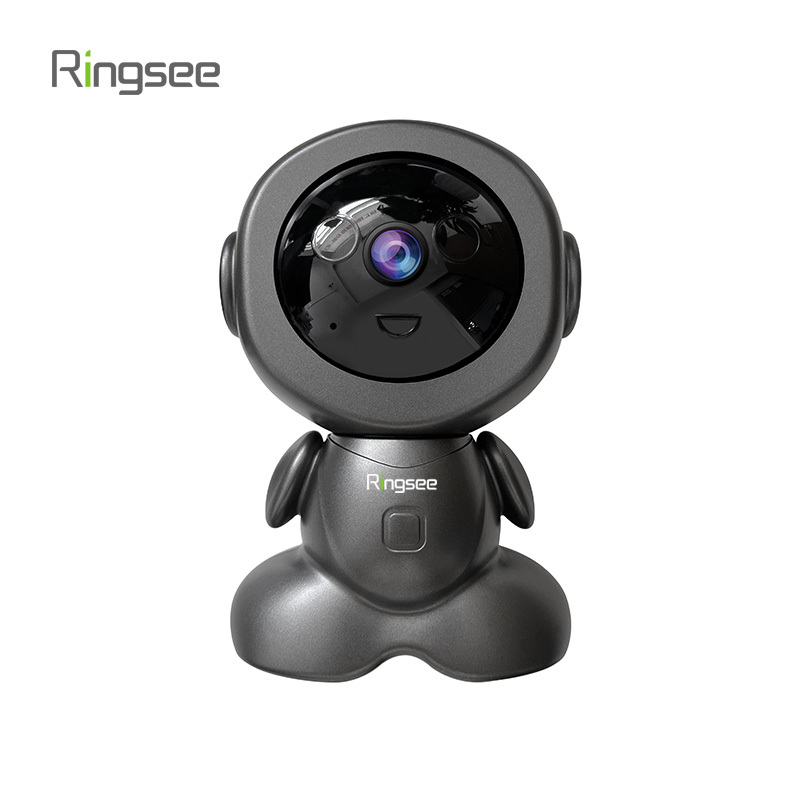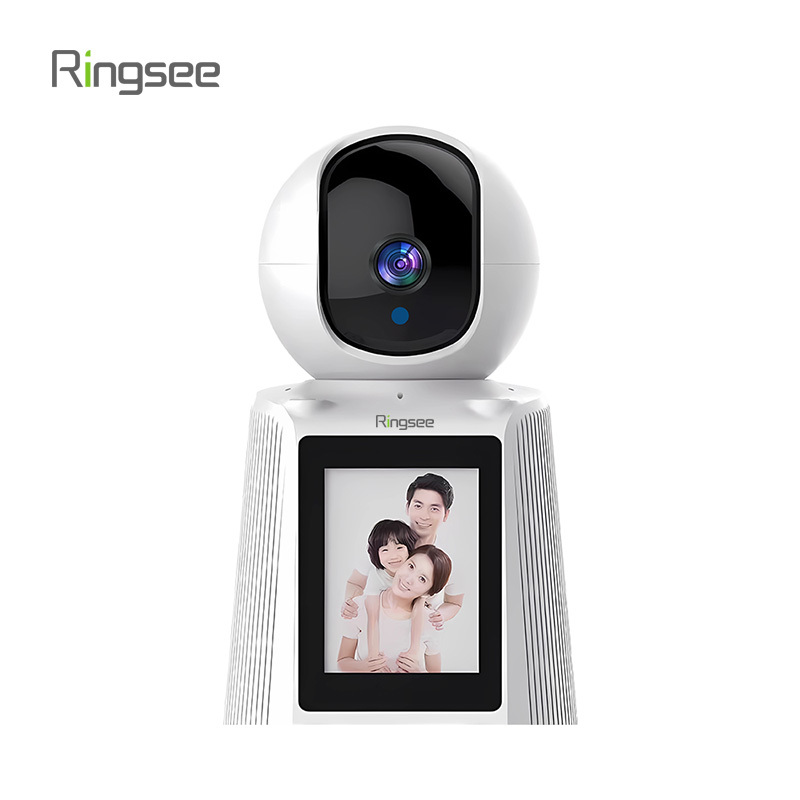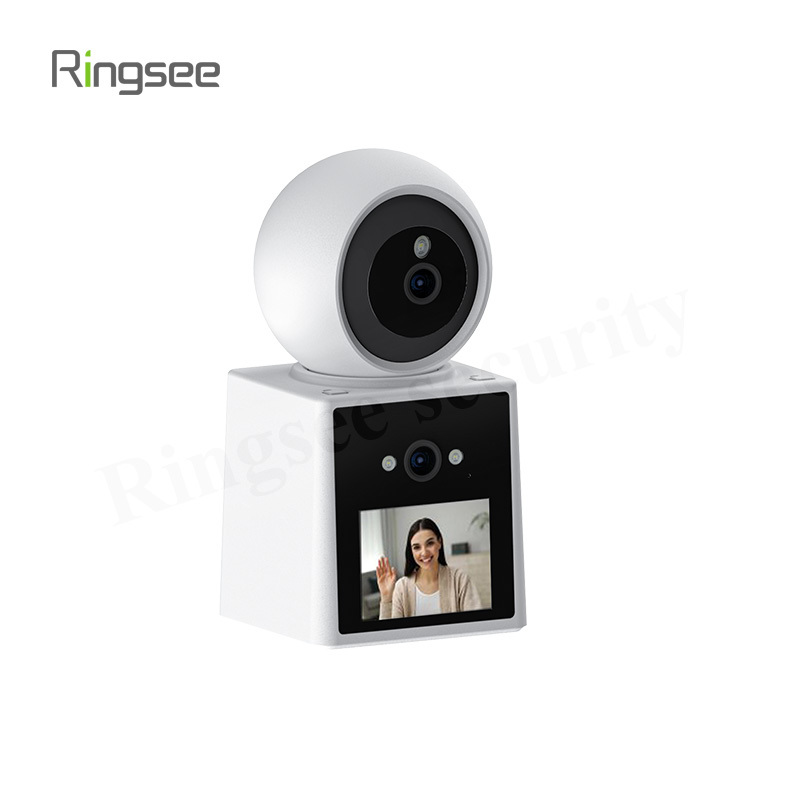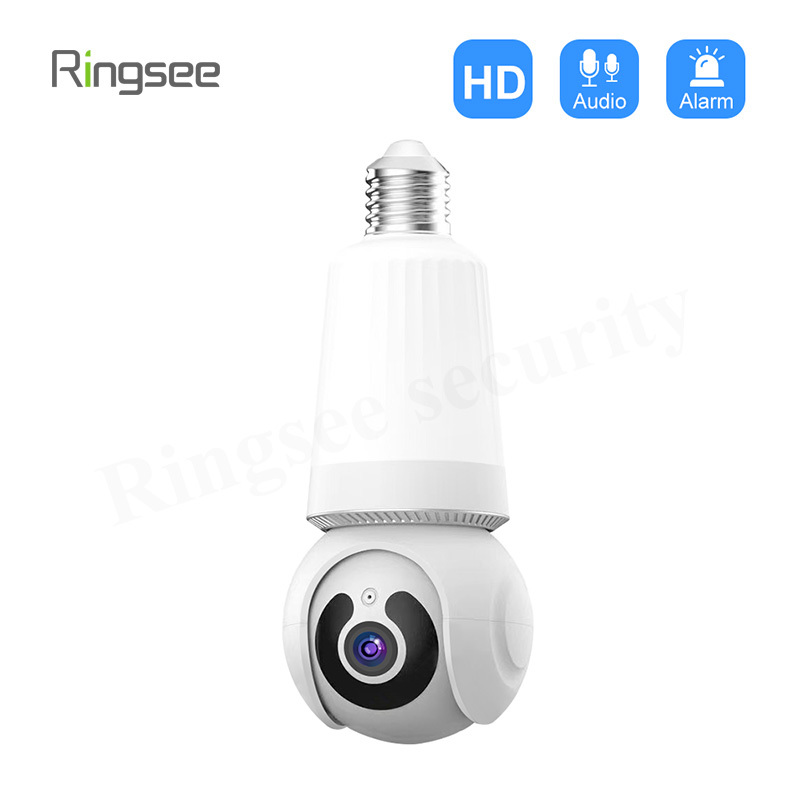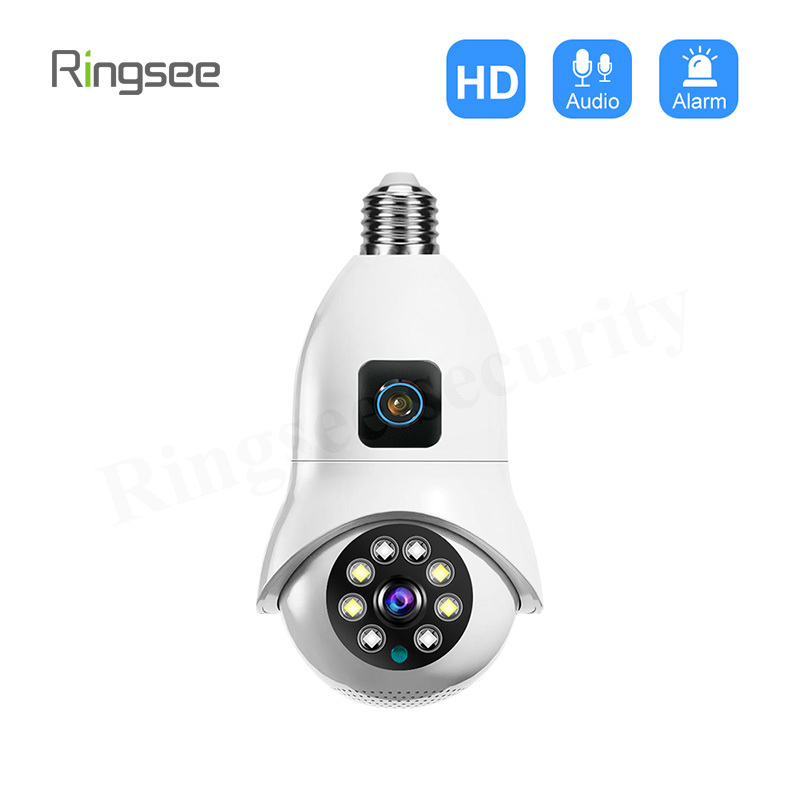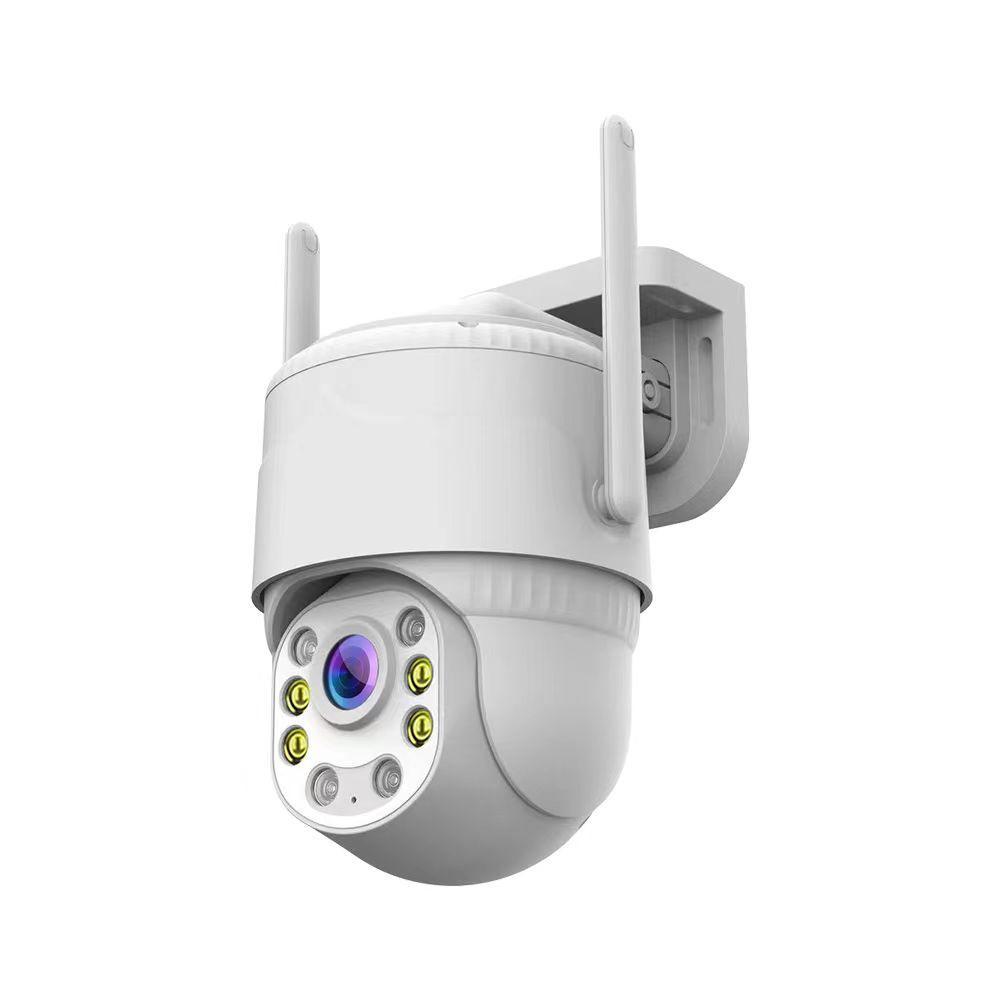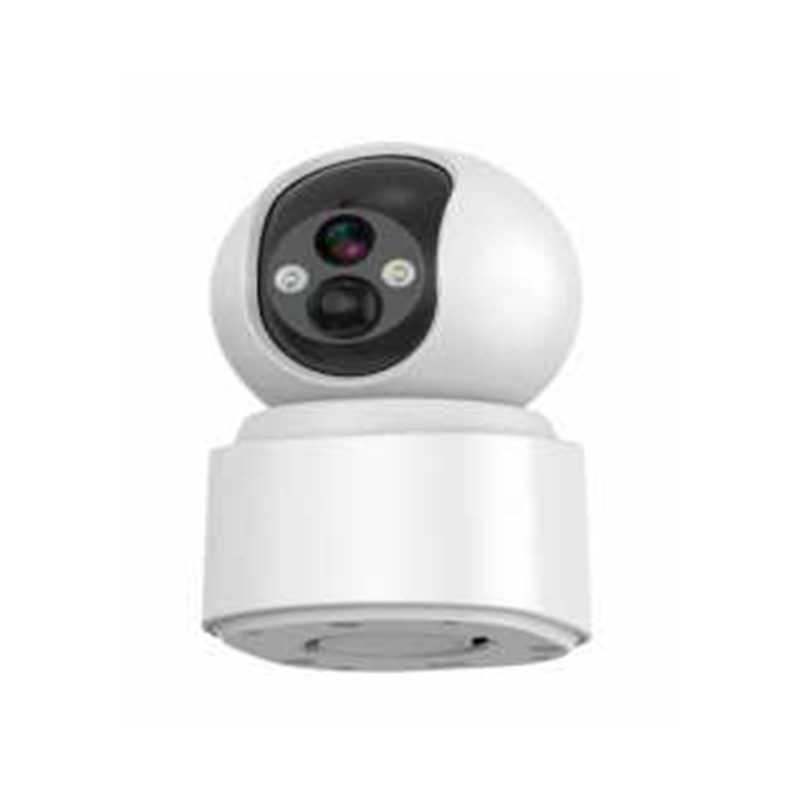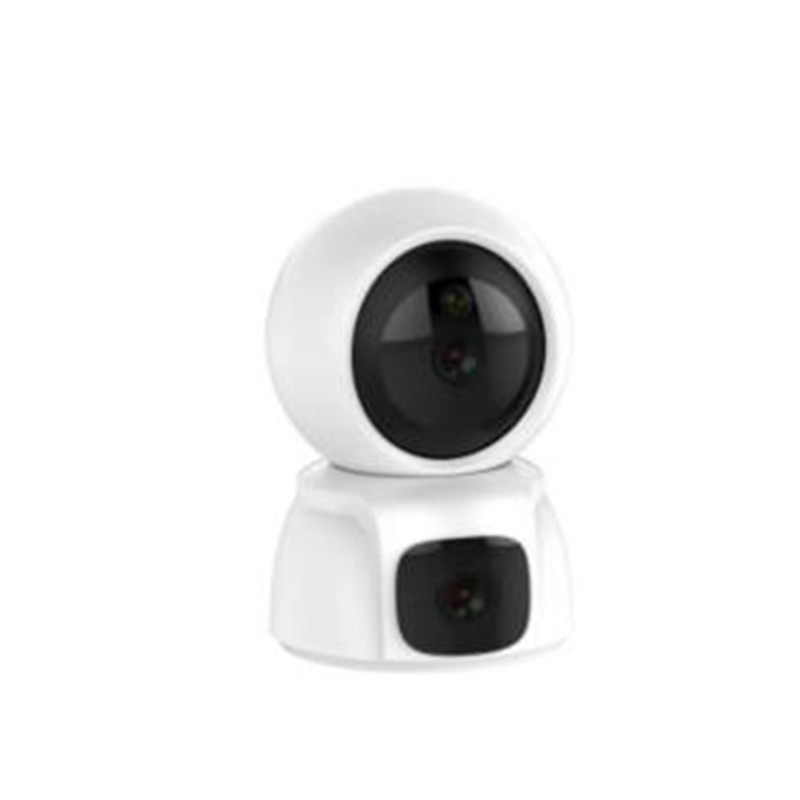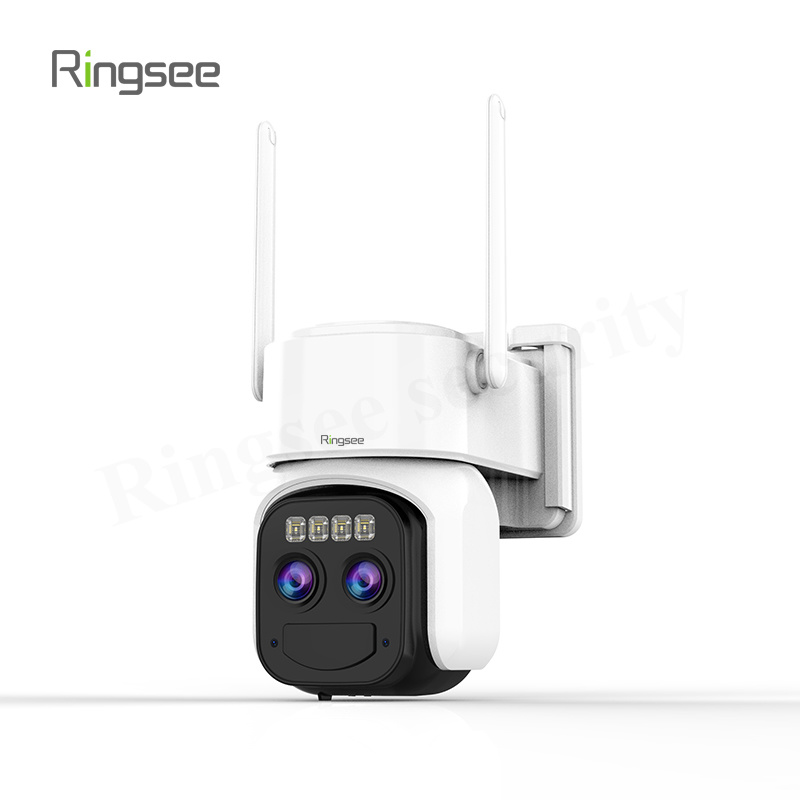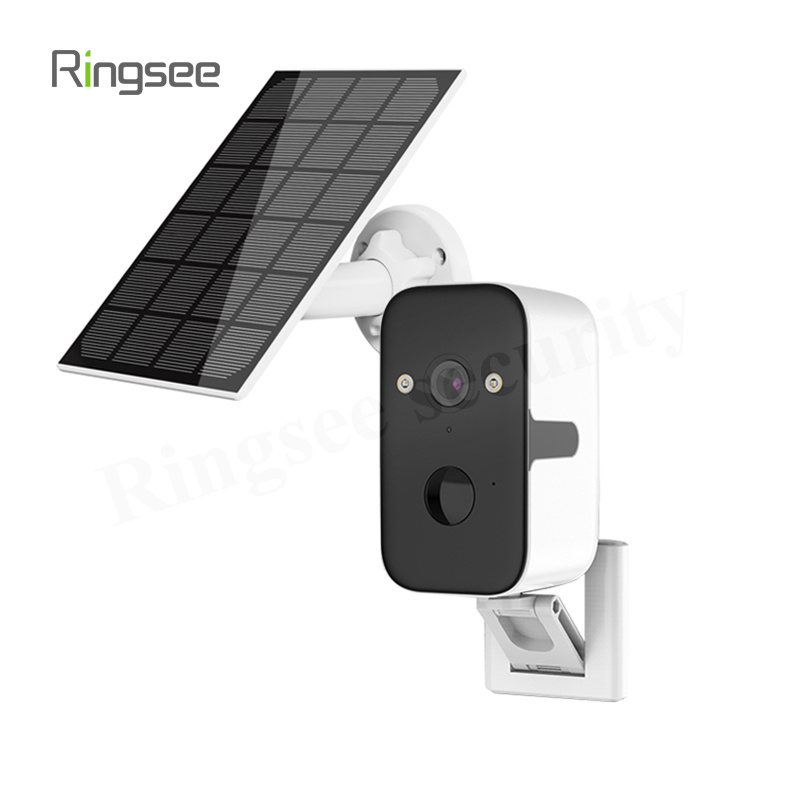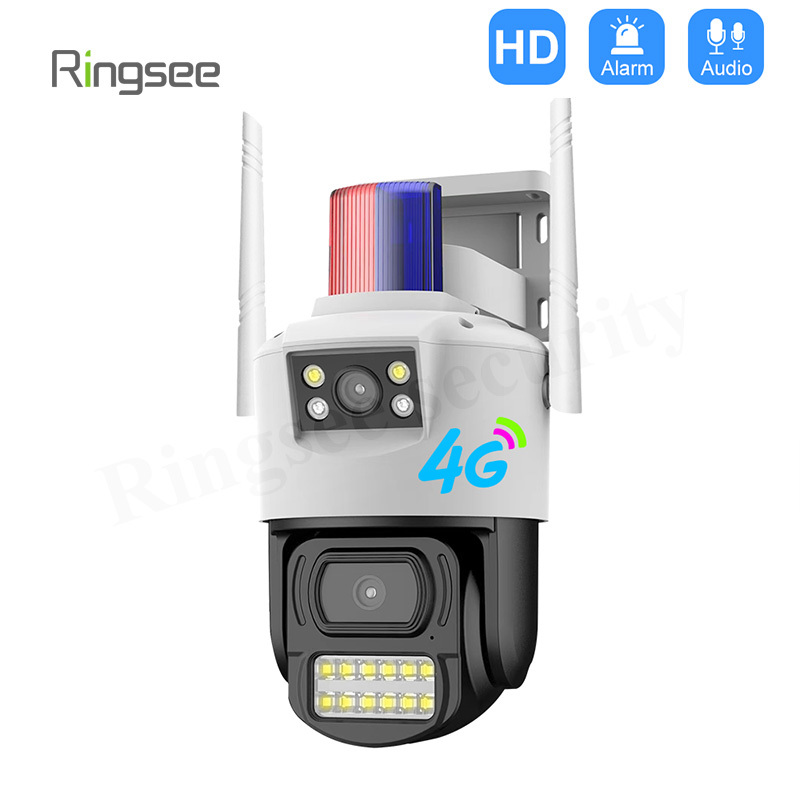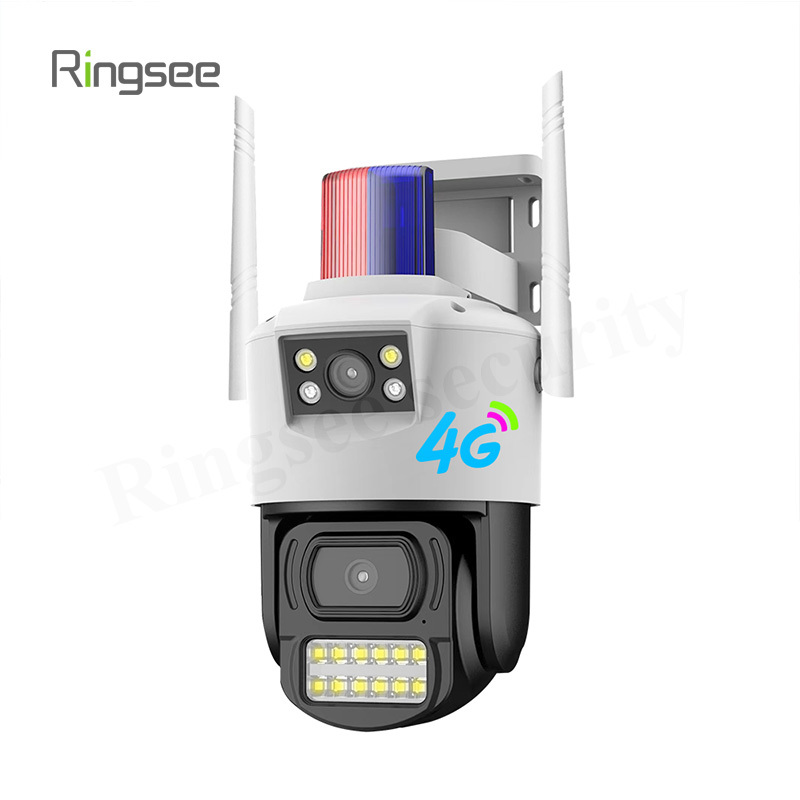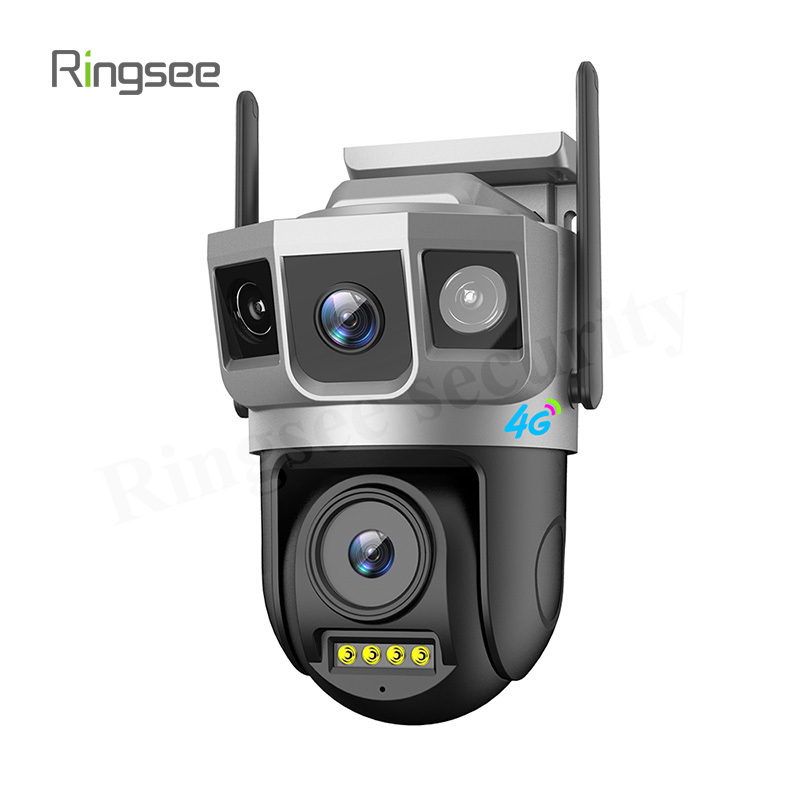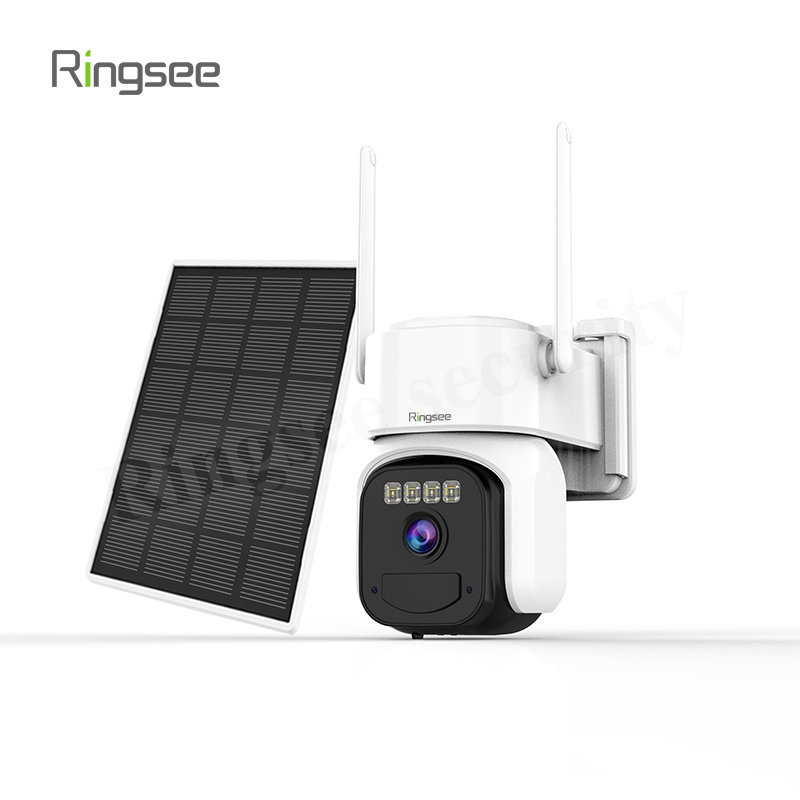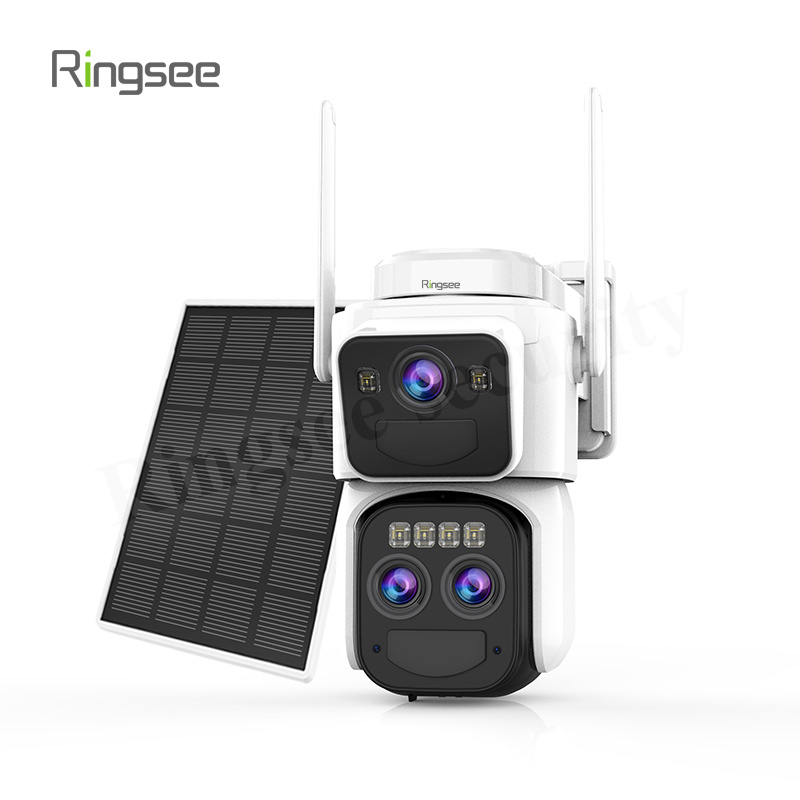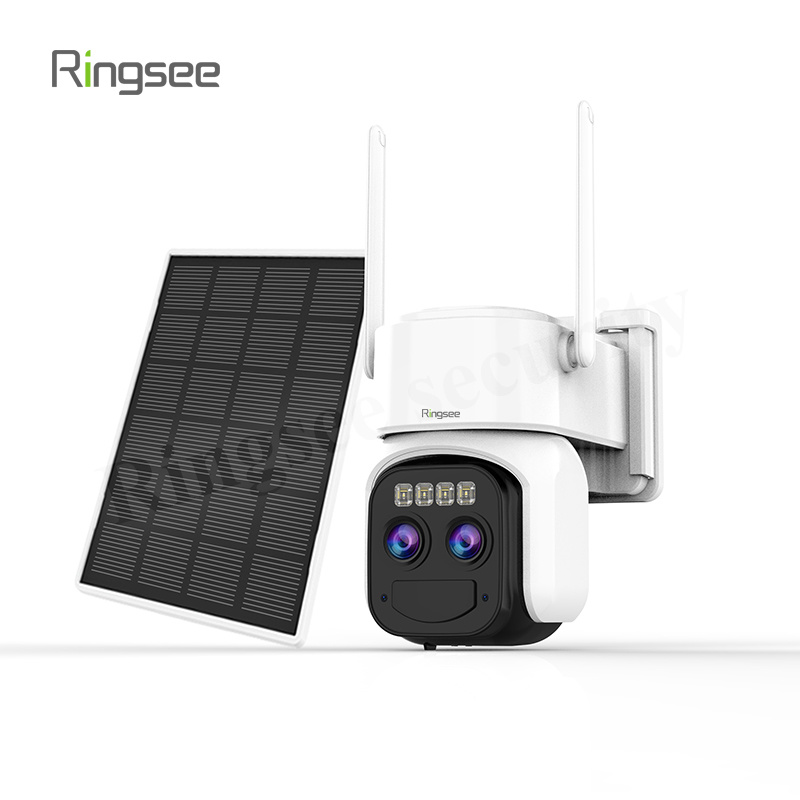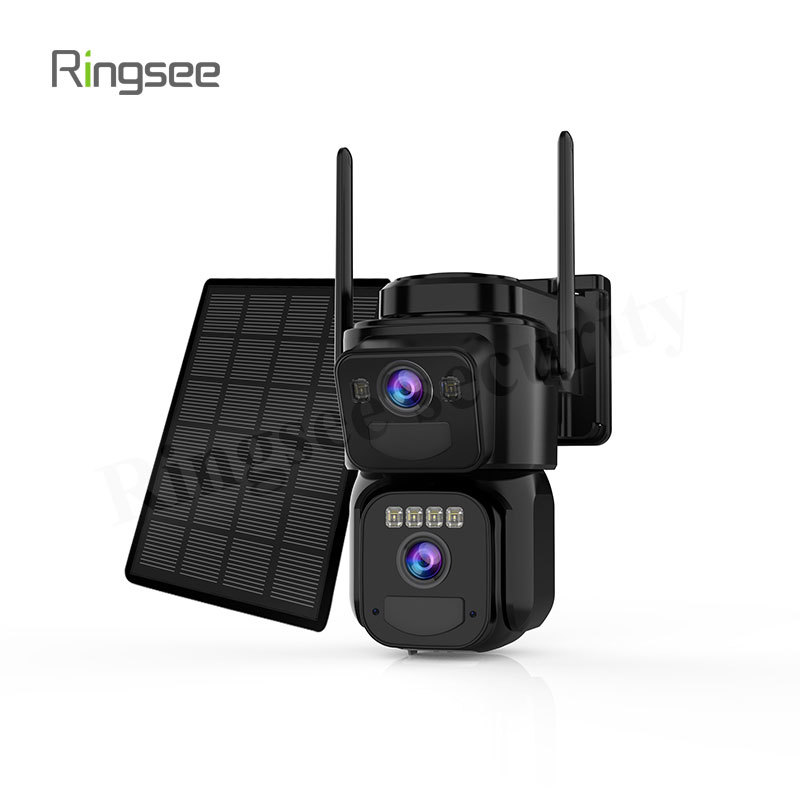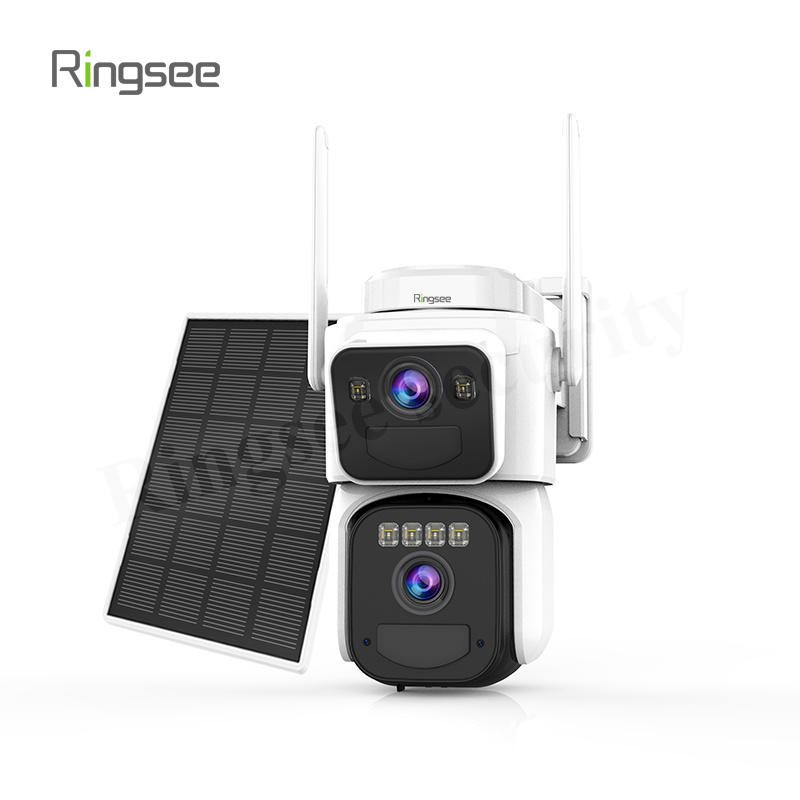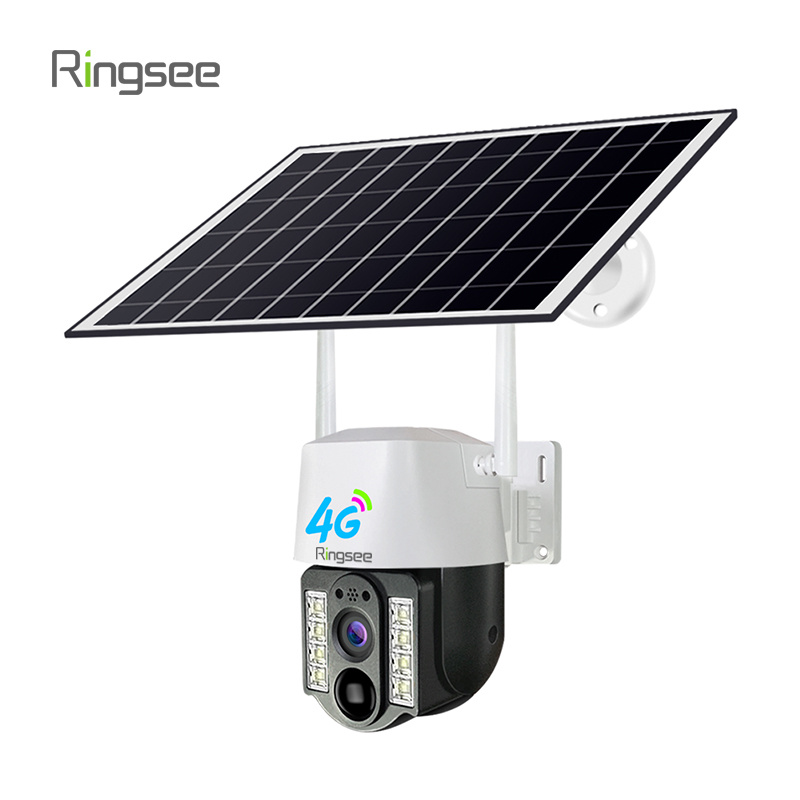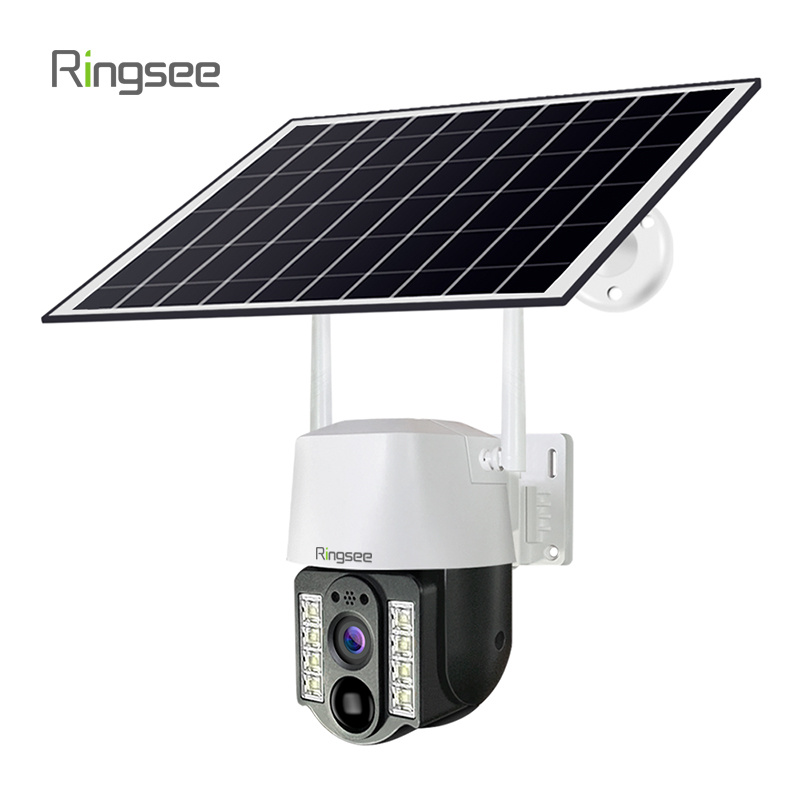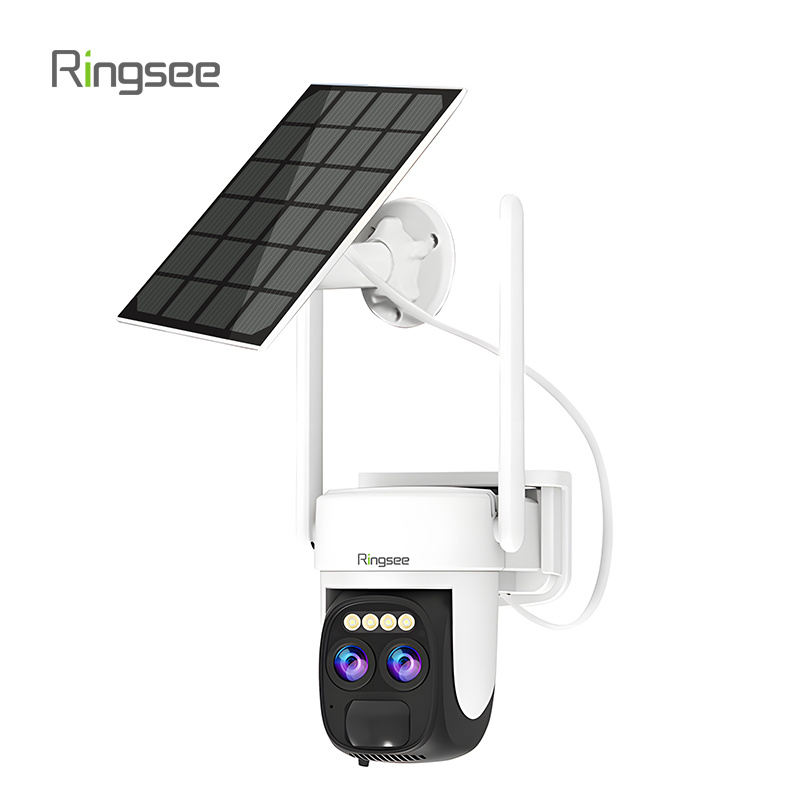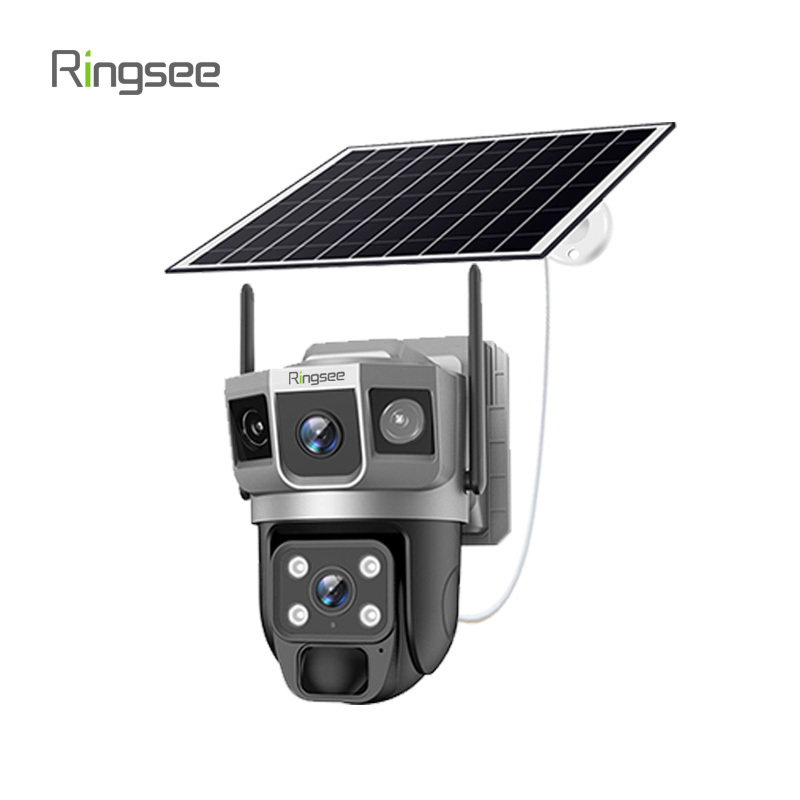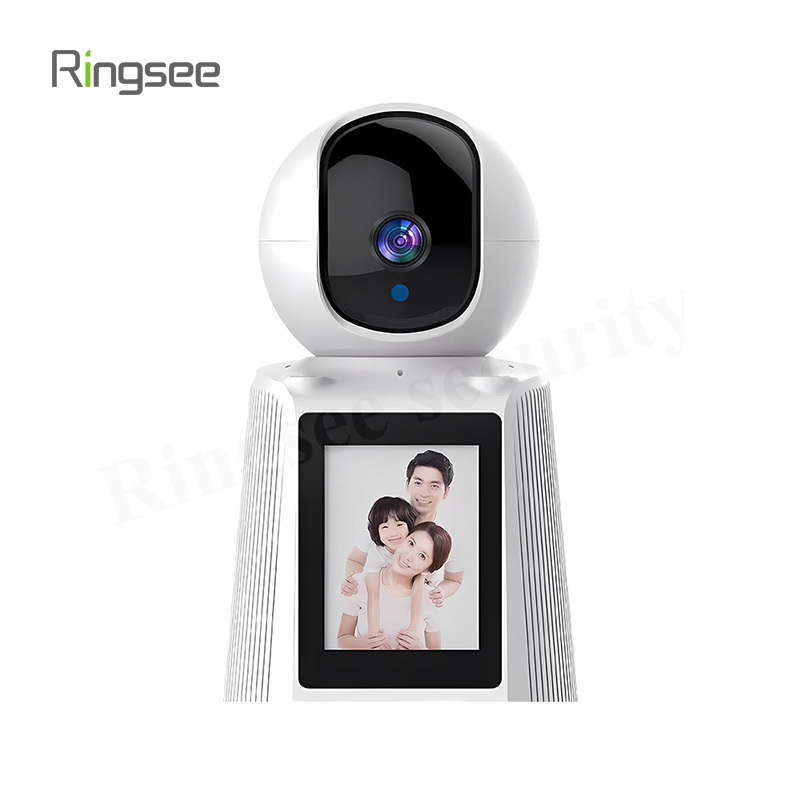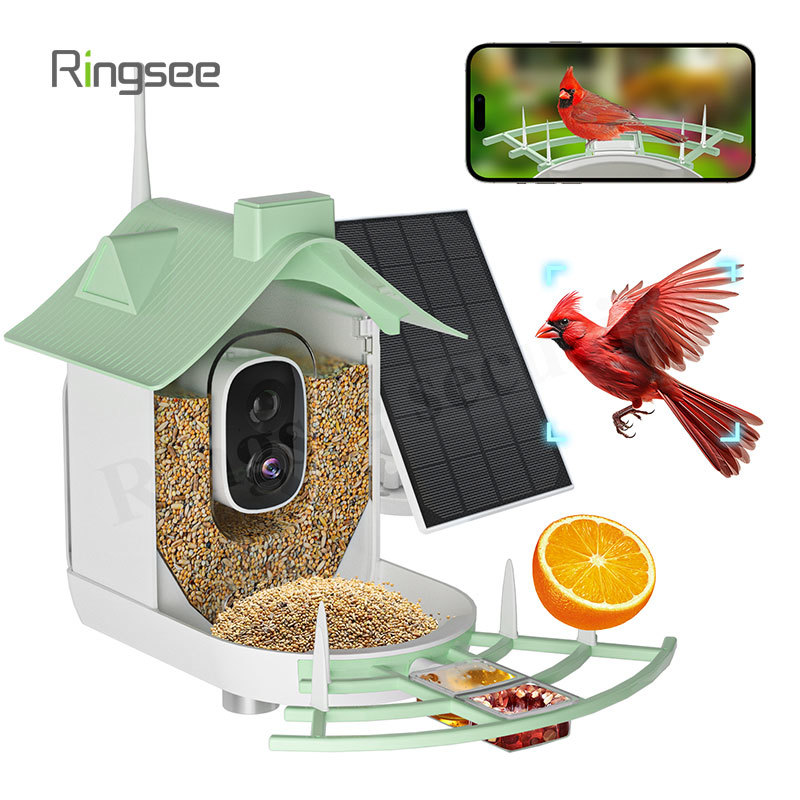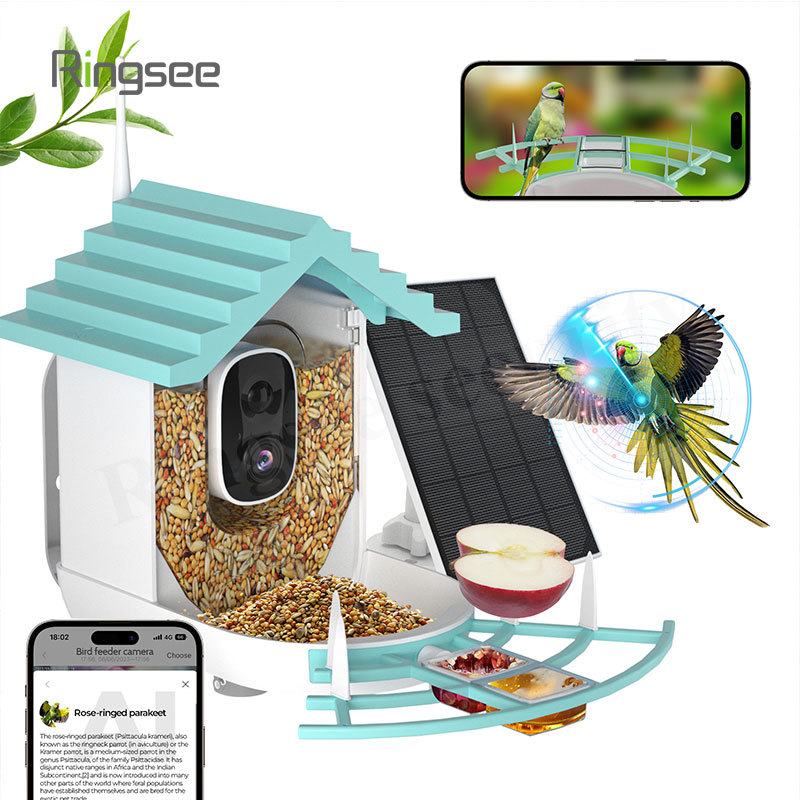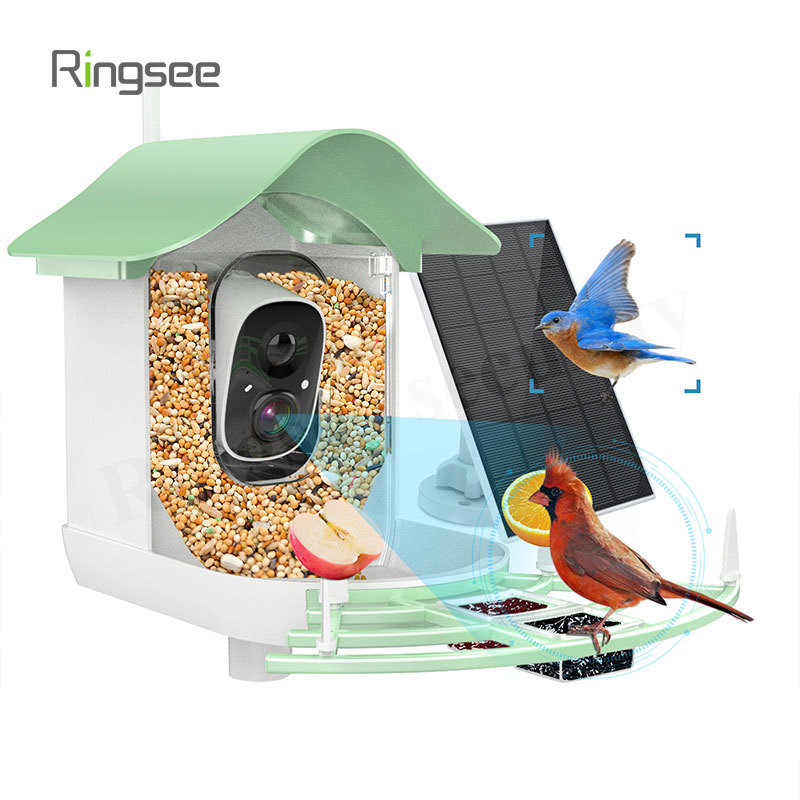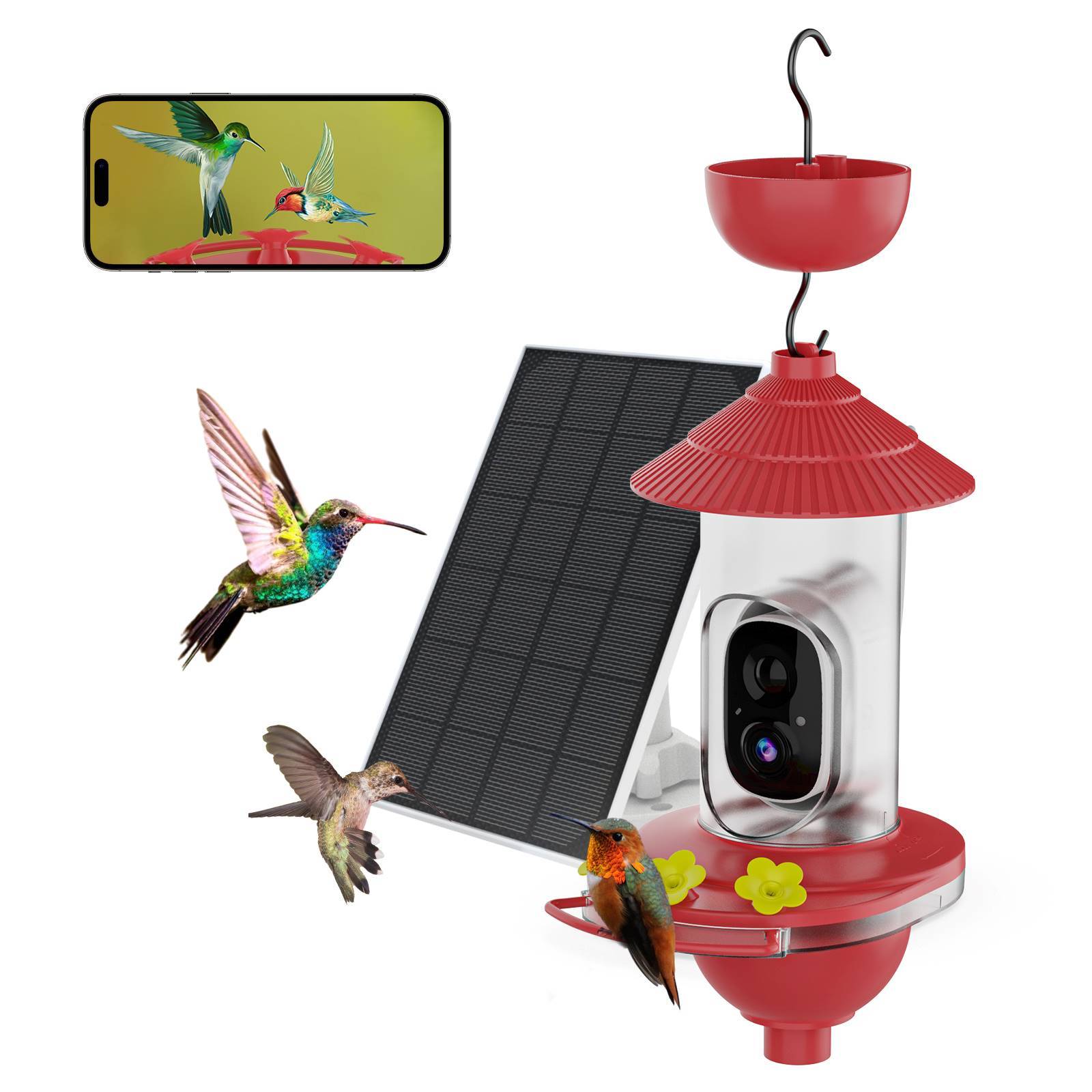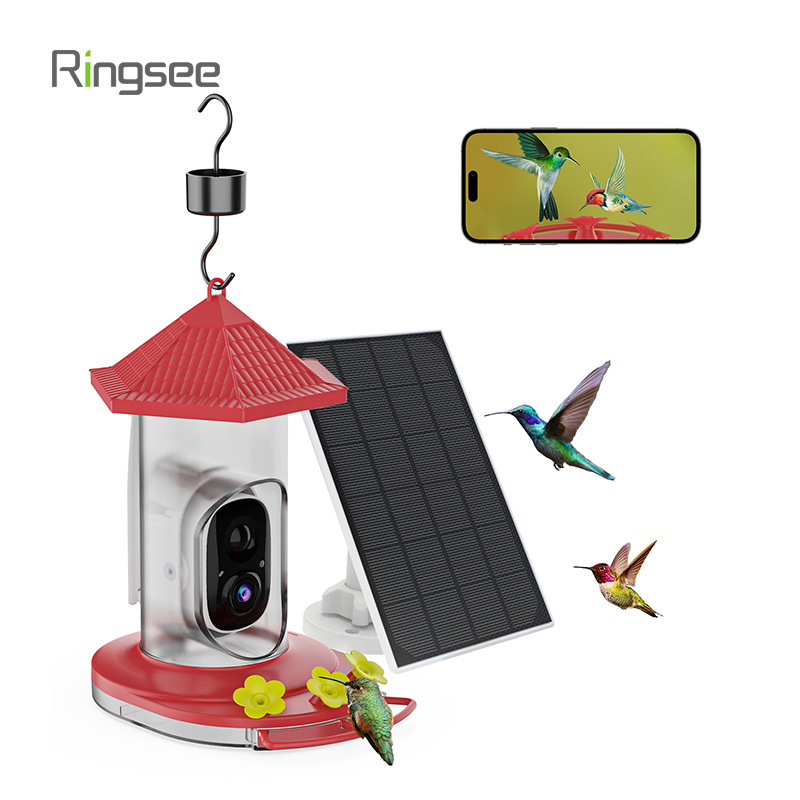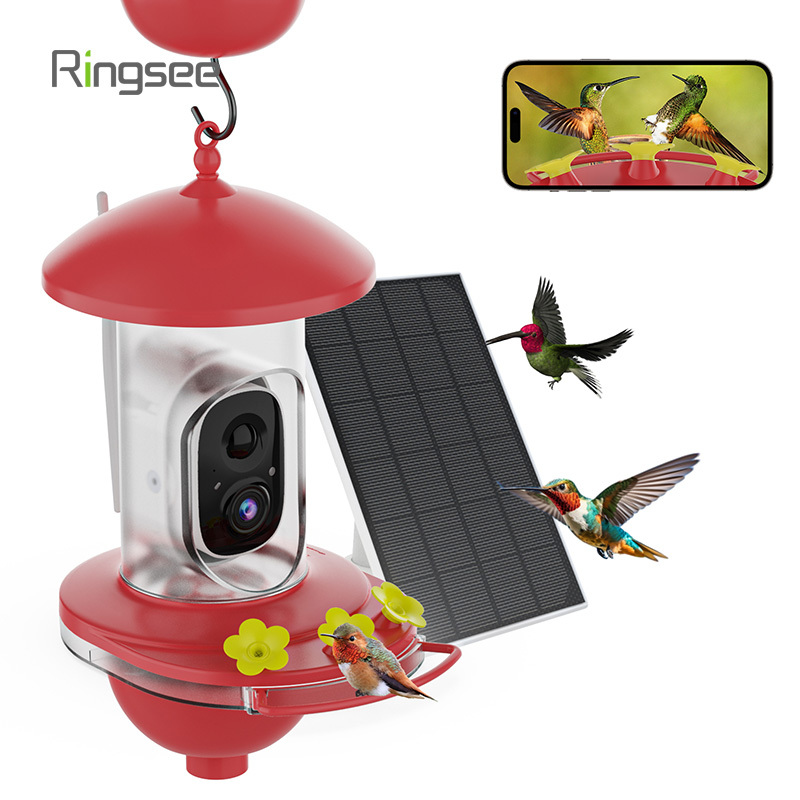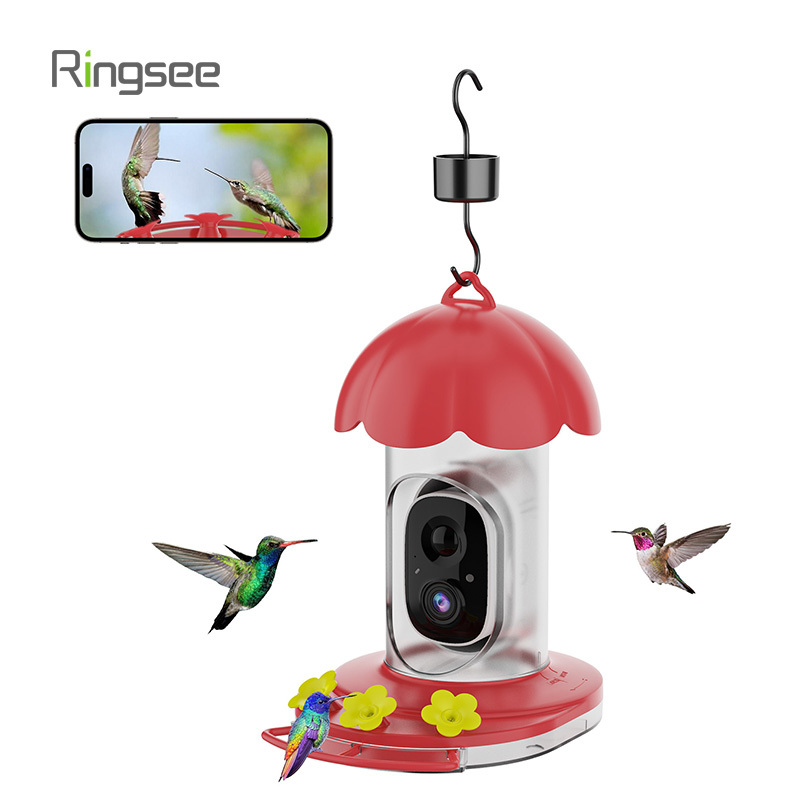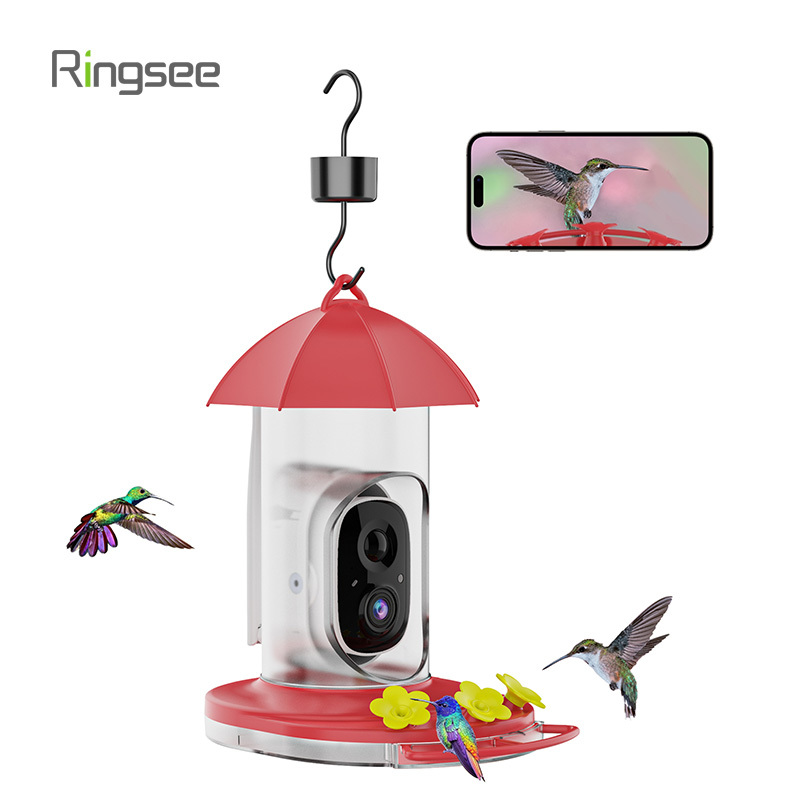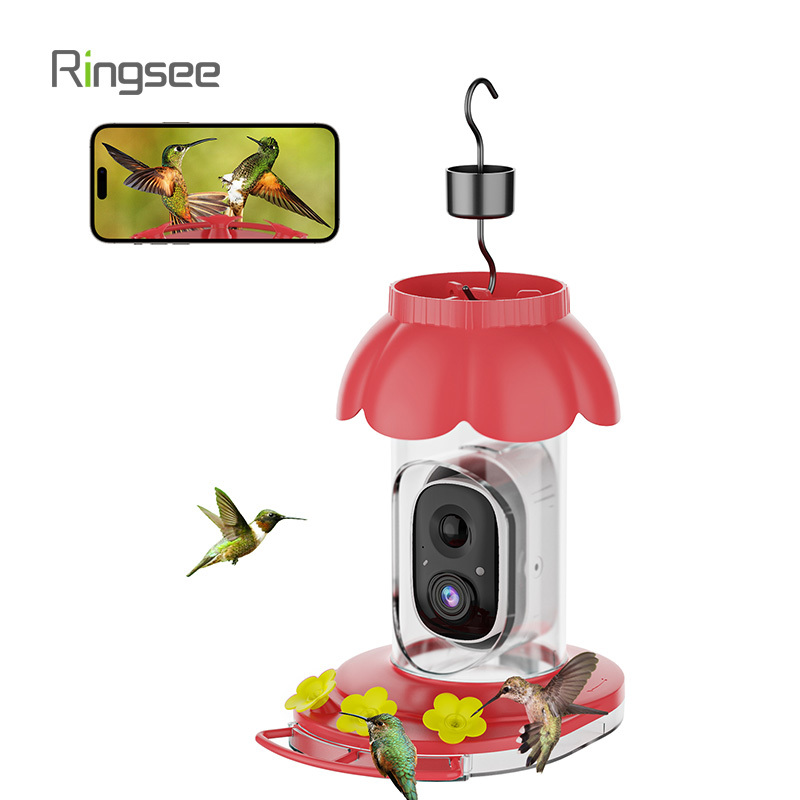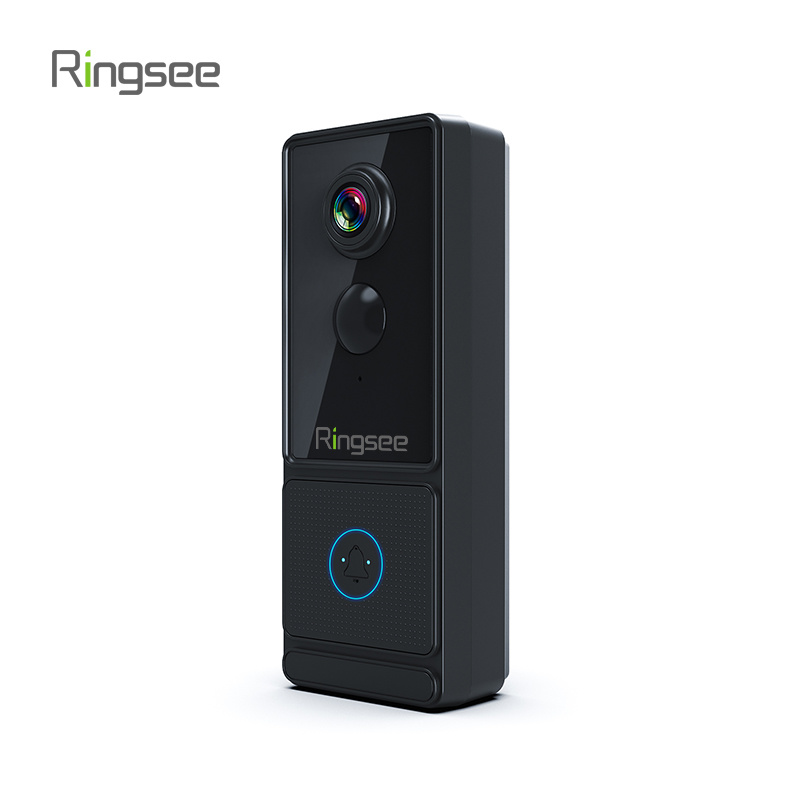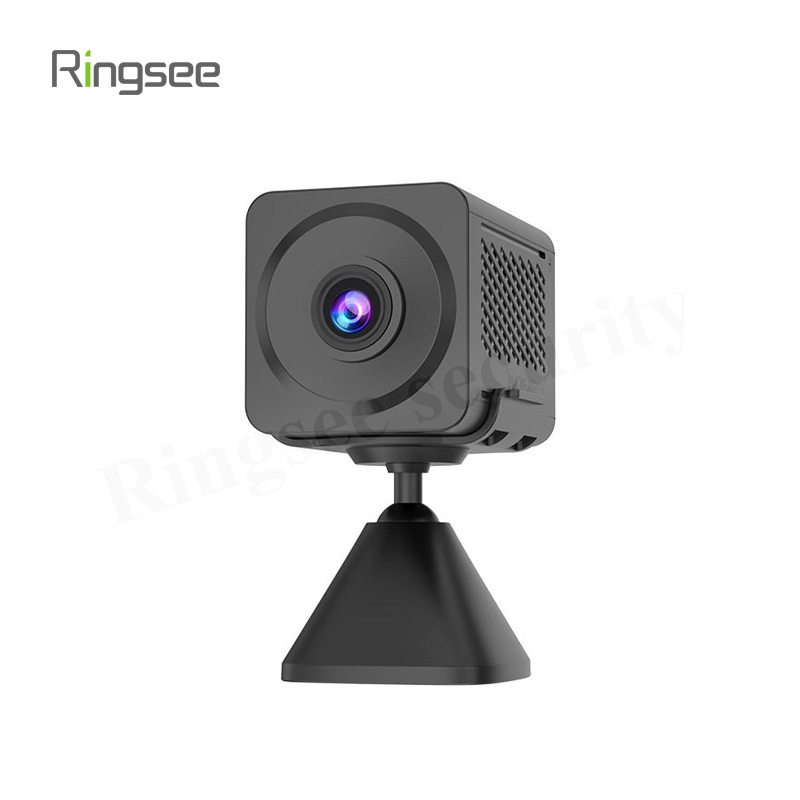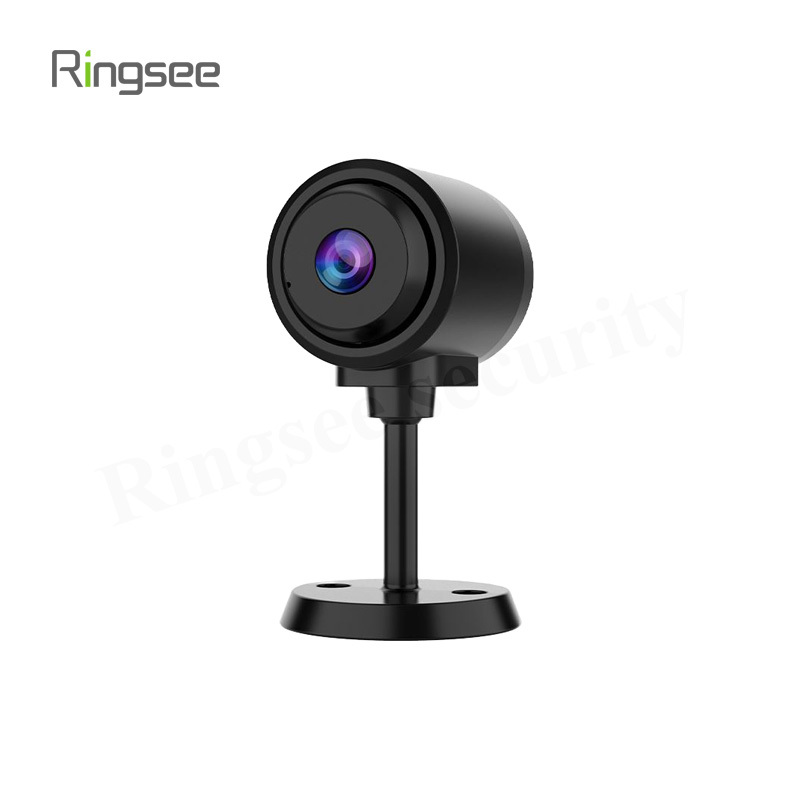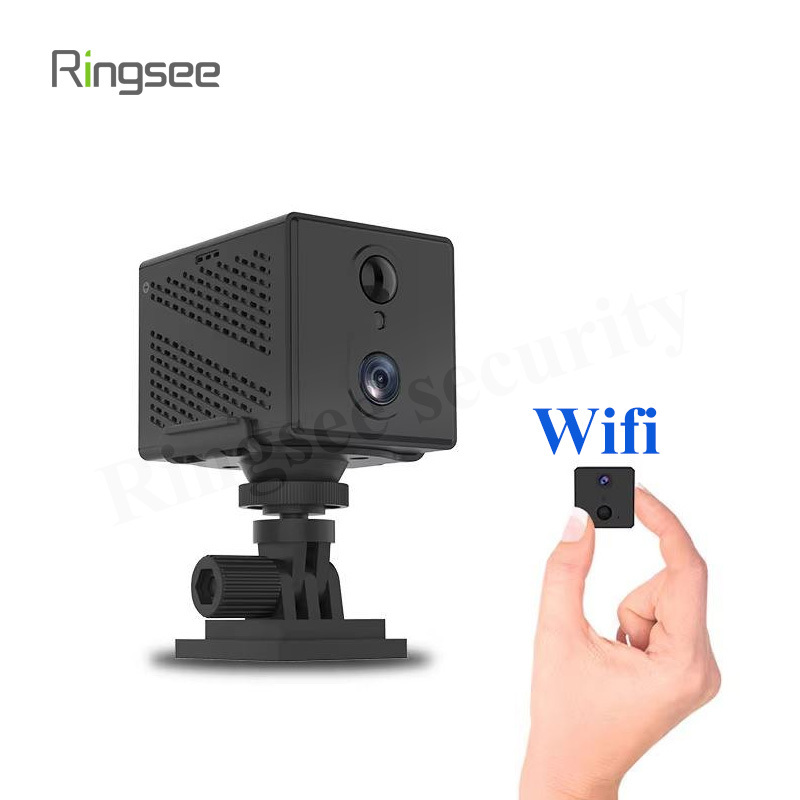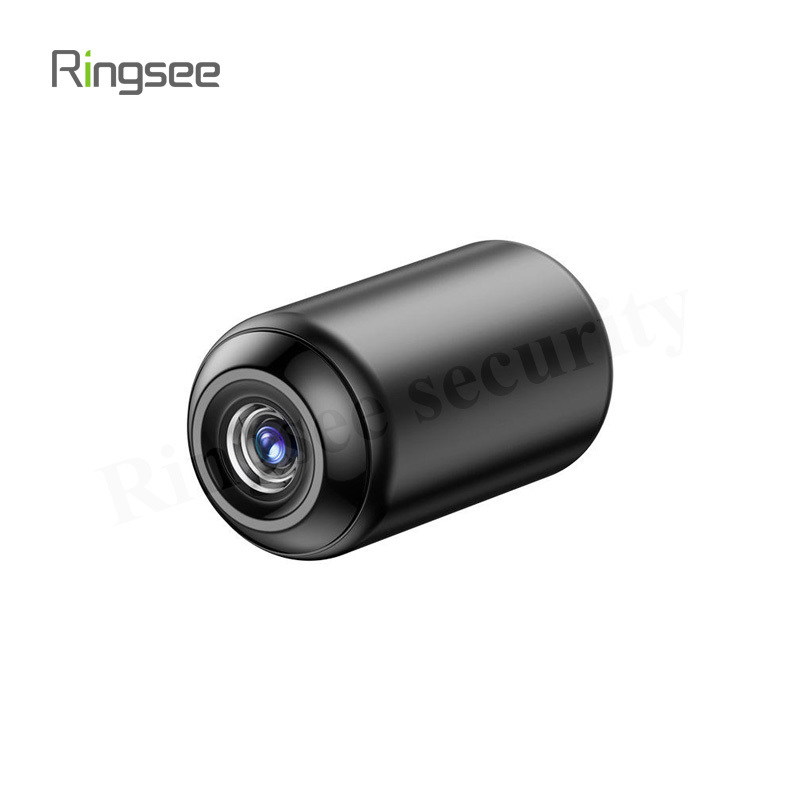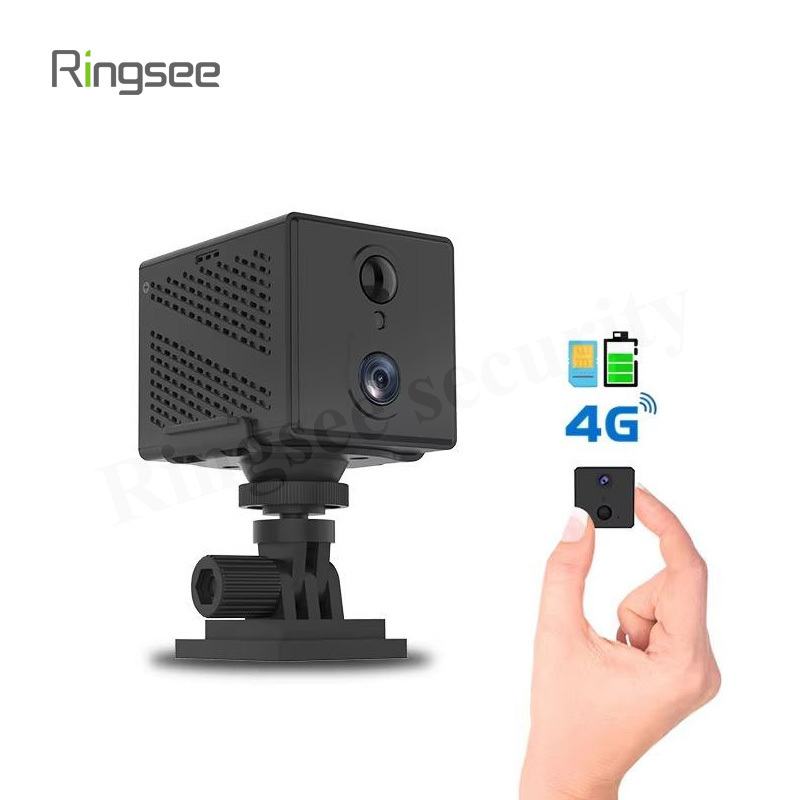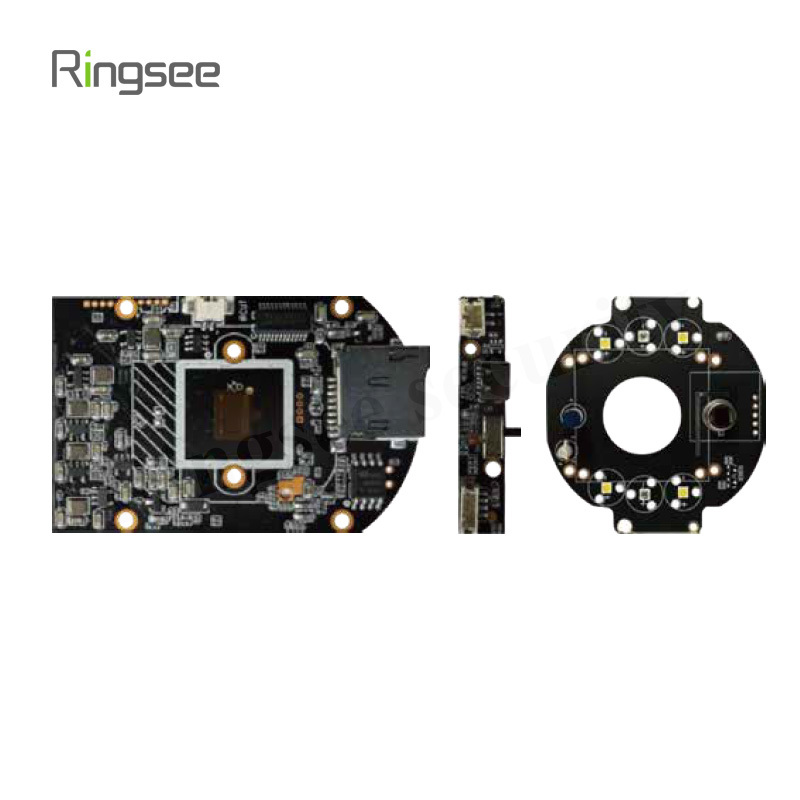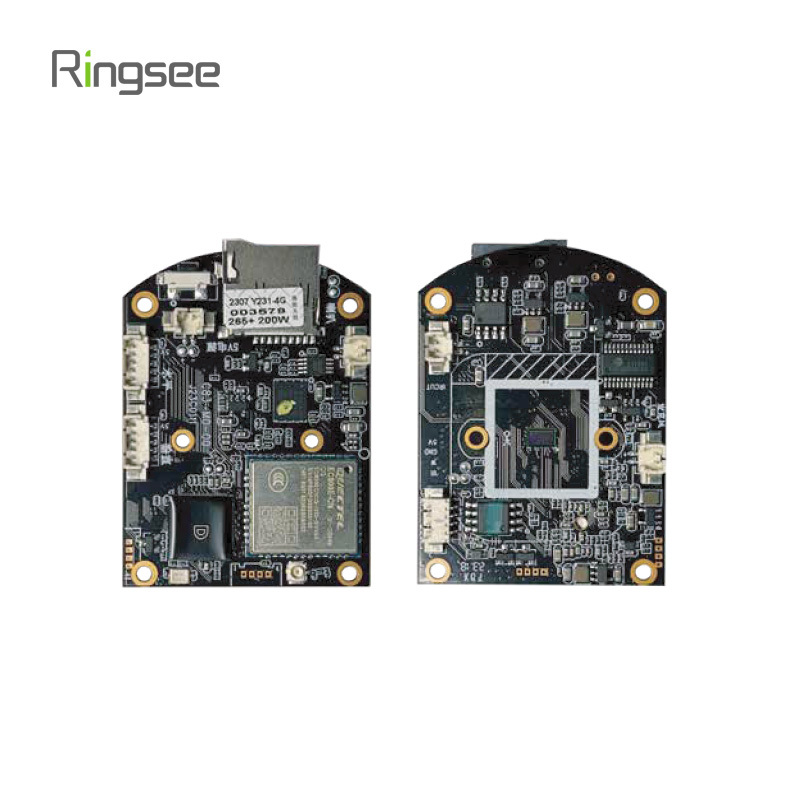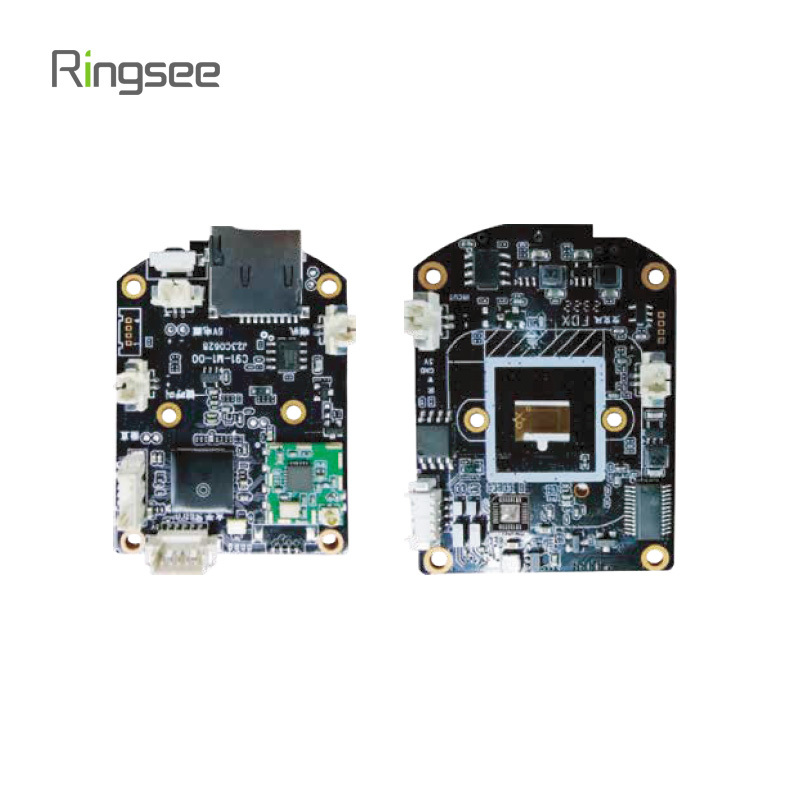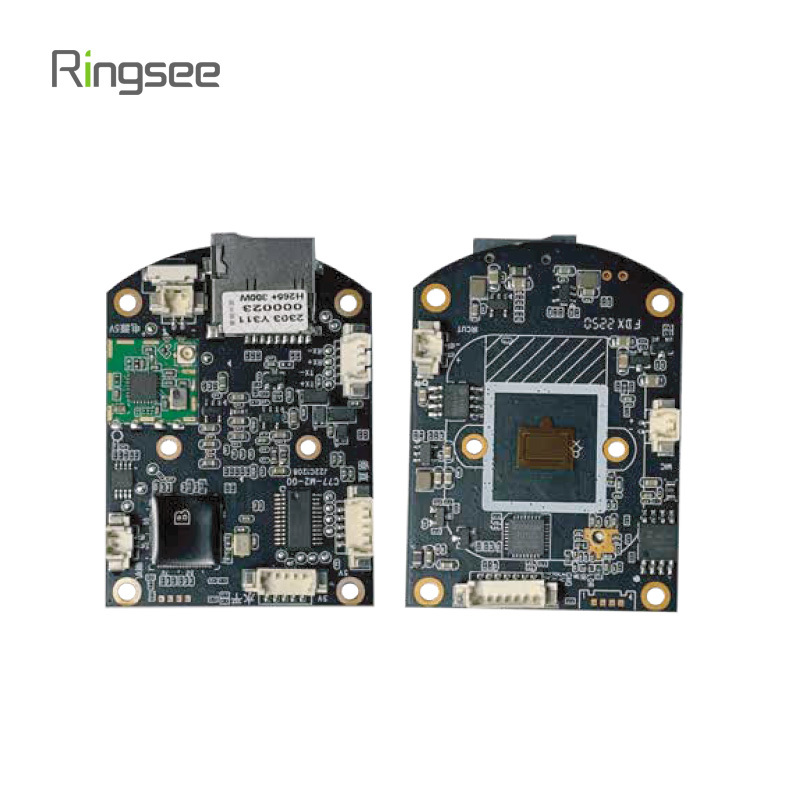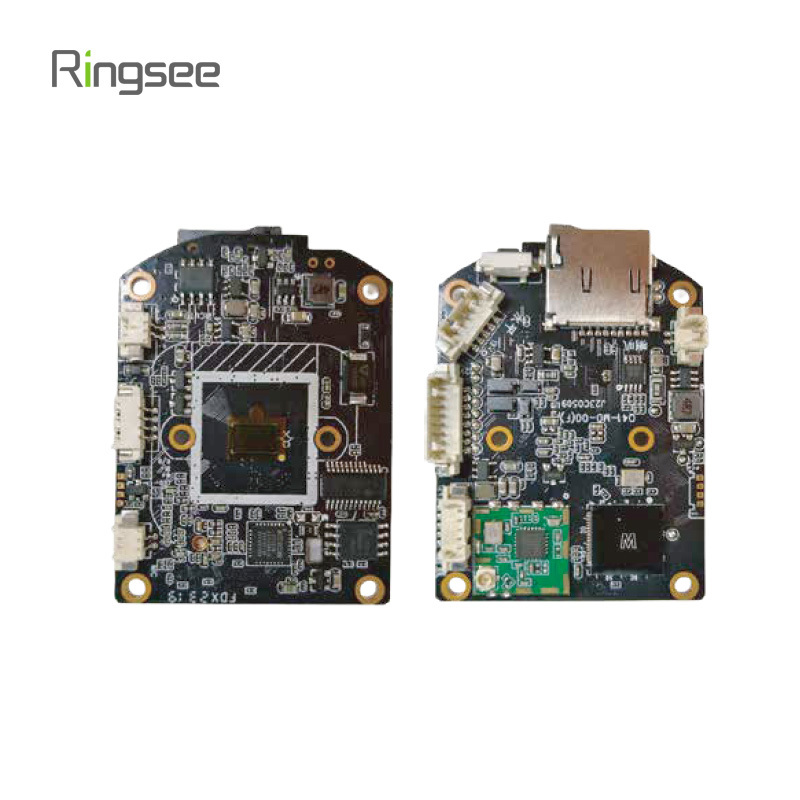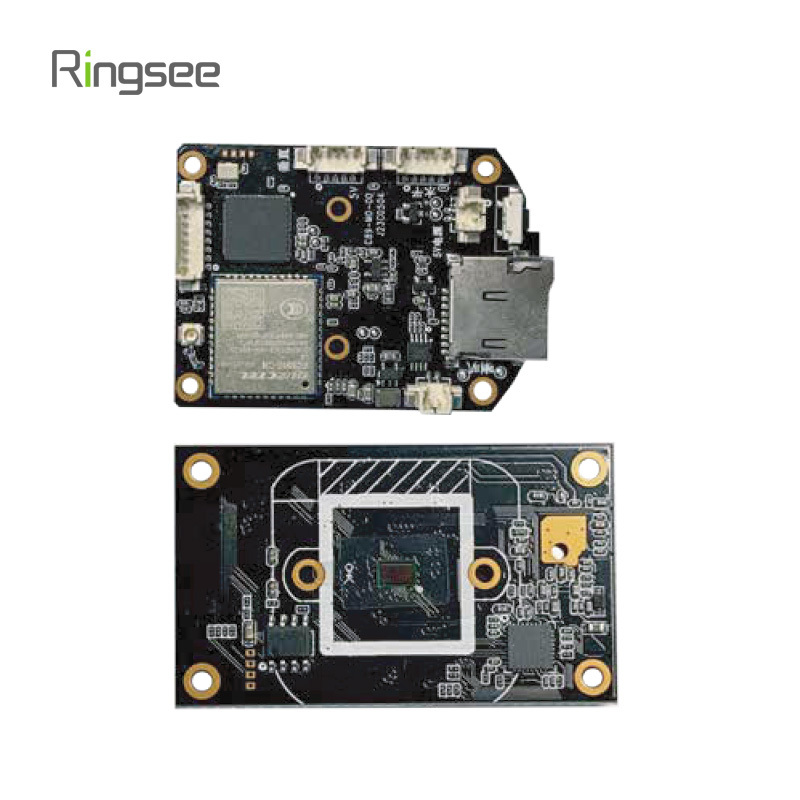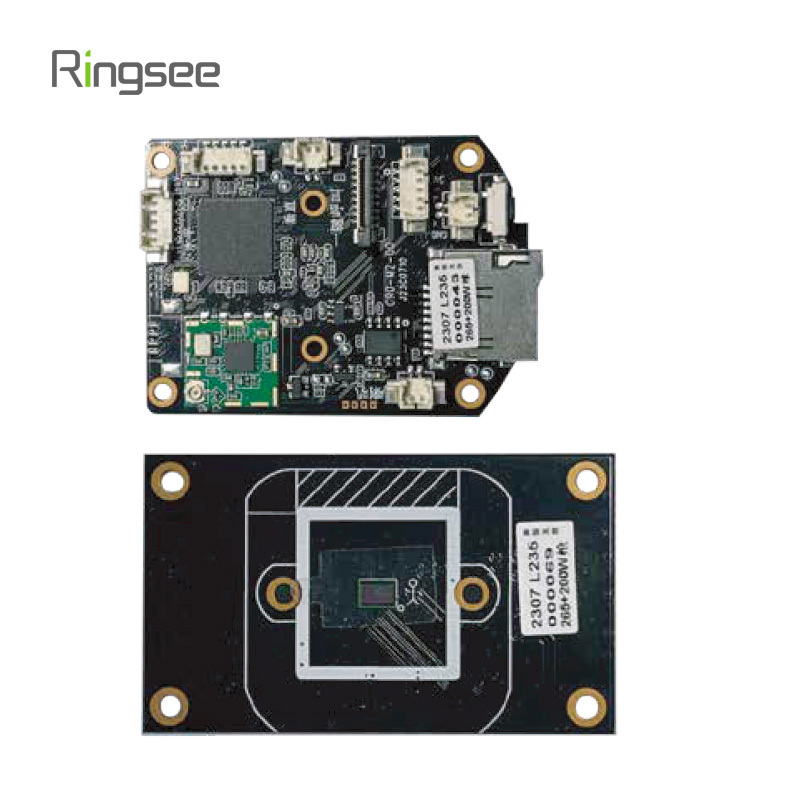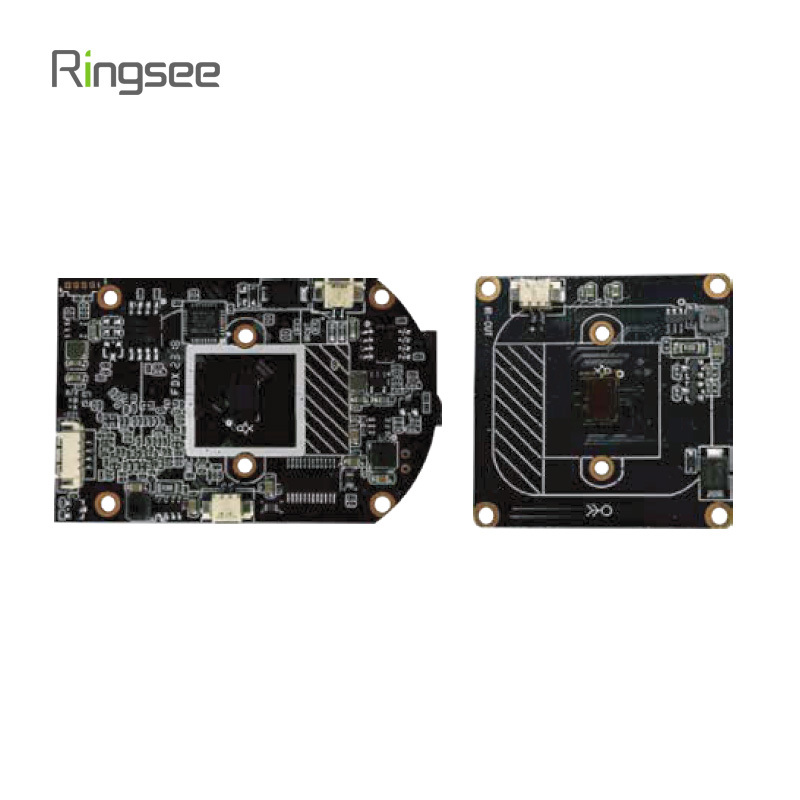
What Is Starlight Technology and How It Enhances Security Cameras?
In recent years, low-light surveillance has become a defining benchmark for modern security systems. As businesses and homeowners seek clear night footage without relying on harsh infrared lights, starlight technology has emerged as a revolutionary solution. But what exactly is starlight technology, and why has it become so important in the field of security cameras?
What Is Starlight Technology?
Starlight technology refers to a low-light imaging innovation that allows cameras to capture bright, color-rich, and detailed images even under extremely dim lighting—sometimes as low as 0.001 lux, roughly the brightness of a starry night sky. Unlike traditional infrared (IR) night vision, which produces monochrome (black-and-white) footage, starlight cameras can maintain true color visibility in near-dark environments.
The Origin and Development of Starlight Technology
The term “starlight” first gained attention in the surveillance industry in the mid-2010s, when advanced CMOS sensor manufacturing and image signal processing (ISP) technology matured. Earlier low-light cameras relied heavily on IR LEDs, which created overexposed or grainy footage.
To overcome these limitations, manufacturers developed larger pixel sensors with higher sensitivity and noise reduction capabilities. These sensors could amplify available ambient light—like street lamps or moonlight—allowing cameras to record clear color footage without additional illumination.
This innovation marked a shift from traditional IR night vision to natural-light-based imaging, creating a new standard for night surveillance performance.
How Starlight Technology Works
At its core, starlight technology relies on three key components:
Large-Aperture Lens (e.g., F1.0–F1.6):
Allows more light to enter the camera sensor, improving brightness in dark scenes.
High-Sensitivity CMOS Sensor:
Equipped with larger pixel sizes (often 2.8μm or greater), the sensor captures and amplifies faint light more effectively than standard sensors.
Advanced Image Processing Algorithm:
Intelligent digital signal processors (DSPs) reduce noise, balance contrast, and enhance color fidelity in real-time, ensuring that even in low light, details remain visible and accurate.
When these elements work together, a starlight camera can reproduce full-color images in environments where conventional cameras would require artificial lighting.
Benefits of Starlight Technology for Security Cameras
1. Superior Night Vision Quality
Starlight cameras can deliver color images 24/7, providing clear details such as vehicle color, clothing tone, and facial recognition—crucial information for evidence and identification.
2. Reduced Light Pollution and Energy Consumption
Since starlight cameras don’t need IR LEDs or floodlights to function at night, they consume less power and minimize light pollution, making them ideal for eco-friendly or remote applications.
3. Enhanced Situational Awareness
Color footage provides better situational context. For example, identifying a red car or blue jacket can make all the difference during investigations—details that traditional IR cameras often lose.
4. Broader Application Scenarios
From urban streets and parking lots to rural farms and perimeter monitoring, starlight cameras perform consistently across diverse lighting conditions, ensuring round-the-clock visibility.
Starlight Technology vs Traditional Infrared
| Feature | Starlight Camera | Infrared Camera |
|---|---|---|
| Image Color | Full Color | Black & White |
| Lighting Requirement | Uses ambient light | Requires IR illumination |
| Detail Capture | High (natural tones preserved) | Limited (contrast-based) |
| Energy Usage | Lower | Higher (due to IR LEDs) |
| Typical Scene | Streets, farms, parking lots | Total darkness or indoor spaces |
The Future of Starlight Imaging
With ongoing advances in AI-powered image enhancement and low-power sensor technology, the next generation of starlight cameras will further improve clarity, energy efficiency, and smart detection capabilities. In professional systems like Ringsee AOV surveillance cameras, starlight sensors are becoming standard—delivering round-the-clock security with vivid image quality, even under the faintest light.
Conclusion
Starlight technology represents a major leap forward in surveillance imaging. By maximizing the potential of natural light, it bridges the gap between day and night vision—offering users clearer, more reliable, and more energy-efficient security coverage. For anyone seeking enhanced performance in low-light conditions, a starlight security camera is an investment that truly shines in the dark.
Links:One Belt Power Technology
Add: 14th Floor, Baoshan Building, Longhua District, Shenzhen China.
Privacy Policy | SEO | CitySite | Support: 300.cn Dongguan
COOKIES
Our website uses cookies and similar technologies to personalize the advertising shown to you and to help you get the best experience on our website. For more information, see our Privacy & Cookie Policy
COOKIES
Our website uses cookies and similar technologies to personalize the advertising shown to you and to help you get the best experience on our website. For more information, see our Privacy & Cookie Policy
These cookies are necessary for basic functions such as payment. Standard cookies cannot be turned off and do not store any of your information.
These cookies collect information, such as how many people are using our site or which pages are popular, to help us improve the customer experience. Turning these cookies off will mean we can't collect information to improve your experience.
These cookies enable the website to provide enhanced functionality and personalization. They may be set by us or by third-party providers whose services we have added to our pages. If you do not allow these cookies, some or all of these services may not function properly.
These cookies help us understand what you are interested in so that we can show you relevant advertising on other websites. Turning these cookies off will mean we are unable to show you any personalized advertising.

